Japan is one of my top favorite destinations, and if you’ve been following my journey, it’s an obvious fact because I’ve been doing multiple visits there every year — most of which are to the capital city of Tokyo. (Tokyo Itinerary)
Now of course, who hasn’t heard of this vibrant city full of ancient traditions that are wonderfully contrasted by its bustling modernity? It’s definitely on everyone’s travel bucket list; and I’m sure that much like everyone else, you also want to make the most of this trip minus the stress of planning out your trip.
Well, don’t fret, because with my past experiences, know-how, and ‘passion’, I’m here to help you out with this DIY Tokyo itinerary! After all, I know how daunting it can be to map Tokyo out — believe me, I’ve been there — and it IS, without a doubt, a dense and massive metropolitan city that can easily be a separate country of its own.
TRIVIA: With over 13.5+ million people across an area of 2,000+ km2, Tokyo (officially called the Tokyo Metropolis) is actually comprised of 23 special wards, 26 cities (Tama Area), 3 towns + 1 village (Nishi-Tama District), and several outlying islands. Now, not a lot of people know this… but the core or most populous part of Tokyo (which we travelers typically go off to) ONLY comprises a select few places within the 23 special wards.
As seen above, the PURPLE area in Tokyo is where the 23 special wards are found, and only some of the places in these wards are where tourists typically visit. (Image from Wikipedia)
Each of these special wards has its own major districts in which traveling from one district to another can take an hour — or even more! So YES, you will need some guidance; but as I said, I’m here to help you every step of the way with the help of this Tokyo itinerary guide. It is also totally customizable to fit any number of days that you might be spending.
Where to Stay in Japan?
Come and check out my lists below that feature the top-recommended choices for cheap to luxurious accommodation choices in the country:
Best Hotels in Tokyo
Best Hotels in Kyoto
Best Hotels in Osaka
Best Hotels in Hiroshima
Tokyo Travel Guide
» Quick Travel Planning
– – –
» Frequently Asked Questions
There is NO tipping culture in Tokyo in general. If you end up giving someone a tip, they’ll mostly be confused why, and they will surely end up giving the money back to you. Sometimes, it’s even considered rude and insulting if you tip them.
Tokyo typically uses two plug types: type A (two flat parallel pins) and type B (two flat parallel pins and a grounding pin at the bottom). The country operates on a 100V voltage and a frequency of 50/60Hz.
It’s best to base yourself in the district that you’ll be exploring the most. If you ask me though, Shinjuku and Shibuya are the best areas to base yourself on due to the number of key places and shops that surround them. But of course, this isn’t to say that the other areas are not ideal, because they can be as dependent on your preference and budget. For instance, Roppongi is great for nightlife, Asakusa is ideal for souvenir shopping, Ginza is best for luxury boutiques, Odaiba is good if you want to be close to Disneyland or DisneySea, and so on. For a complete list, see this list of the best hotels in Tokyo.
You could flag down a taxi, or an Uber, ride the bus, rent a bike or go on foot; but if you want to be efficient and fast, the trains are the way to go! Now, Tokyo’s train system is dense and extensive — so it can be very confusing. However, all throughout my stay in Tokyo, I’ve managed to make it less complicated by simply using Google Maps (mapping my point A and point B and then checking out the directions for the subway/train/bus. It even has real-time walking navigation and an offline option!)
Google Maps does NOT work offline if you want routes or transportation schedules during your Tokyo itinerary, so I recommend that you get a pocket WiFi or a SIM Card to stay connected online (look into an eSIM as well as it is more hassle-free; I use them more and it’s super convenient).
• Tokyo’s trains typically open around 5AM and close somewhere around 12AM or midnight. If you don’t have an IC Card, purchasing local rail lines and subway tickets can only be done with cash or coins at the ticket machine. Credit cards are only applicable when buying long-distance bullet train tickets.
• If you’re traveling by train during rush hour, be wary that it can get crazy crowded. If you’re a woman, you can ride the front carriages that are designated only for females (this is only during weekdays until 9AM).
• You will notice that in escalators, people stand on the left side so that those who are in a hurry can pass on the right.
• When riding in taxis, the left rear door is operated automatically by the driver so don’t try to open or close it by yourself. – There are several train etiquettes that you should remember when in Japan, number one of which is to keep the noise down to a minimum.
So when it comes to local train tickets in Tokyo, there are several types that you can choose from but what I would highly recommend is that if you’re only planning on traveling INSIDE Tokyo, buy the prepaid IC cards (like Suica) that can be used in any train or bus in the city.
NOTE: There is also the option of buying the Tokyo Subway Ticket which will give you UNLIMITED access to all subway lines of Toei and Tokyo Metro (but NOT JR lines, which is fine since most key places in Tokyo are accessible via Toei and Tokyo Metro). There are options for this for 24 hours, 48 hours, and 72 hours. Now, I only find this choice as economical IF, and only if, you are going to ride the train for MULTIPLE times in a day or a span of days. But if let’s say, you’re only going to one place or district in a day, then just use your IC card as normal.
On the other hand, if you’re traveling outside of Tokyo, that’s a different matter since I would then recommend that you consider buying a Japan Rail Pass or JR pass for unlimited rides. To see if buying this train pass will be worth it for your Japan itinerary, go and read my explanation here.
Please check their latest travel advisories page for more details.
Come and check out this list of the top things to do which features the best activities and tours to do in Tokyo’s Asakusa, Shibuya, and more!
Want a detailed Tokyo travel guide?
For more info about the best months to visit Tokyo, how to get around, etc. — come and read my Japan Itinerary guide!
• • •
Tokyo Itinerary Guide
IMPORTANT NOTES:
– The following section is in a tabbed format; so, in order to see the next day’s contents, just click the headings below.
– I will also cover other Japan destinations under the ‘Extras‘ tab below so that you can consider these places if you happen to have more days for your Tokyo itinerary trip, or if you simply want to see more.
REMINDER: Going from one place to another within Tokyo can often take 30 minutes to an hour — or even more! (Always check by Google Maps to verify your travel times).
.
Therefore, even if it is humanly possible to go to ALL of the attractions listed below per day for your Tokyo itinerary, it’s best that you DON’T because you will definitely be running around. This is why I suggest that you pick out the TOP spots that you really like and then save the rest for later, or for other days (in case you have more days in Tokyo).
Explore the West of Tokyo
◘◘ Shibuya
This is said to be a major nightlife area but it’s also a major shopping and entertainment venue especially because of its strong youth presence towards fashion and culture.
Where to eat in Shibuya?
- Yakiniku (grilled meat): Yakiniku-Tei Rokkasen
- Conveyor belt sushi: Genki Sushi
- Ramen: Ichiran Ramen (one of the best I’ve tried!)
Where to sleep in Shibuya?
- Luxury: The Westin Tokyo
- Mid-Range: Shibuya Granbell Hotel or AirBnB
- Budget: Almond Hostel & Cafe
- For attractions
- ★ Shibuya Crossing: Found in front of the Hachiko Exit, this is arguably the most prominent landmark of the district and the most photographed spot in the area. If you want to get a good view of it, go to the QFRONT building where a big Starbucks cafe is found. It’s best to come during rush hour to see an impressive sight but be prepared for crowds inside the cafe. TIP: If you want a higher bird’s eye view, prepare your zoom-in lens and go to Shibuya Hikarie shopping mall’s Sky Lobby on the 11th Floor.
- Hachiko Statue: Hachiko is the name of an admired Akita breed dog in Japanese culture back in the 30s who exemplified superb loyalty to his owner even after his owner’s death. Up to this day, Hachiko has been remembered for these amazing traits and that’s why this bronze statue of him in front of Shibuya Station remains to be a well-revered point in Japan. With that, don’t forget to stop by here for your Tokyo itinerary! ALTERNATIVE: For a lesser crowd, there’s a bigger statue of Hachiko along with his master, Professor Ueno, at the grounds of UTokyo or the University of Tokyo.
.
- For quirky fun
- Karaoke: You must NEVER leave Japan without trying a typical Japanese karaoke! If you’re not from Asia, karaoke is NOT like the ones that you see in Europe or in the USA where the person goes on stage and sings in front of strangers in a bar. Asian karaokes are more personal and ‘closed’ so you can unleash your singing powers in a sound-proof room with people that you actually know (or you can also go alone). Of course, these Japanese karaoke rooms are high-tech and are even well-decorated depending on the place you go to. They might even provide free costumes so you can cosplay while singing your heart out! (And yes, they have English songs — some of them even have Filipino tracks).
- TIP: Rainbow Karaoke in Modi is incredibly stylish yet cheap, Karaoke Kan is famed for being the location of the movie (Lost in Translation)’s karaoke scene, or for the more standard chain, Big Echo is a good choice.
- Love Hotel Hill: This is where you can find the biggest concentration of love hotels in Tokyo, and though it’s not a typical item on a ‘things to do in Tokyo‘ list, it can be an amusing thing in itself especially if you’re traveling with your loved one — largely because of how the rooms are delightfully themed. Just be warned though that some love hotels don’t accept same-sex couples or even two foreigners. Nevertheless, you can rest in a room for 1-4 hours at around 1,500 yen ($15~) per hour or stay in a room overnight for as low as 7,000 yen ($68~).
.
- Karaoke: You must NEVER leave Japan without trying a typical Japanese karaoke! If you’re not from Asia, karaoke is NOT like the ones that you see in Europe or in the USA where the person goes on stage and sings in front of strangers in a bar. Asian karaokes are more personal and ‘closed’ so you can unleash your singing powers in a sound-proof room with people that you actually know (or you can also go alone). Of course, these Japanese karaoke rooms are high-tech and are even well-decorated depending on the place you go to. They might even provide free costumes so you can cosplay while singing your heart out! (And yes, they have English songs — some of them even have Filipino tracks).
- For nightlife
Two of the most brilliant clubs would first be the mammoth super club ageHA with over 4 dance floors, an outdoor pool, and an outdoor dance tent; and second, the laser-filled Womb club with its identifiable giant mirror ball. TIP: Better yet, get this Tokyo Nightclub Pass that grants you UNLIMITED entry to the top 7 nightclubs in Tokyo!
. - For shopping
- ★ Don Quijote (for everything under the sun), Loft (for stationery), and/or Tokyu Hands: These shops are great to include in your Tokyo itinerary if you’re looking for cheap souvenirs, novelty items, stationaries, and more! The Shibuya branch of Don Quijote is the biggest in Japan so make sure to drop by there.
- Center Gai, Koen Dori, Spain Slope, and/or Shibuya 109: The first 3 are distinct shopping streets in Shibuya, whereas Shibuya 109 is a complex that you don’t want to miss out if you want to do some serious shopping!
- Shimokitazawa: This nearby district is a great ‘bohemian’ spot if you’re looking for vintage and second-hand items and clothes.
– – –
◘◘ Harajuku
View this post on Instagram
View this post on Instagram
Known for its fashion scene, quirky culture, cosplay shops, and so much more!
Where to eat in Harajuku?
- Fluffy pancakes: Cafe & Pancakes Gram
- Crepes: Marion Crepes
- Gyoza: Harajuku Gyoza Lou
Where to sleep in Harajuku?
- Luxury: The Westin Tokyo
- Mid-Range: Shibuya Granbell Hotel or AirBnB
- Budget: Almond Hostel & Cafe
- For attractions
- Meiji Shrine: Dedicated to the deified spirits of Emperor Meiji (1st emperor of Japan) and Empress Shoken, the vast Meiji Shrine is a great tranquil ‘escape’ from the hectic Harajuku. As a visitor, you can partake in the routine Shinto acts: buying amulets, writing out your wish on an ema (wooden plates) and making offerings at the hall. For proper behavior when visiting a shrine, you can read this guide.
- TIP: If you want to witness a traditional Japanese Shinto wedding, head here around 10AM and try your luck!
- Yoyogi Park: A typical meeting place for Japanese people from all ‘walks of life’. Since it’s just near the trendy Harajuku, you will normally find crowds of band members, lolitas, cosplayers, and fashionistas in interesting clothing (they’re sometimes concentrated around Jingubashi or the bridge near Meiji Shrine). Taking photos of these people in fancy clothing is perfectly fine, but it’s best if you ask for permission first since not all of them are there to please the crowd — they’re usually just there to hang out or do practices etc.
.
- Meiji Shrine: Dedicated to the deified spirits of Emperor Meiji (1st emperor of Japan) and Empress Shoken, the vast Meiji Shrine is a great tranquil ‘escape’ from the hectic Harajuku. As a visitor, you can partake in the routine Shinto acts: buying amulets, writing out your wish on an ema (wooden plates) and making offerings at the hall. For proper behavior when visiting a shrine, you can read this guide.
- For shopping
- ★ Takeshita Dori: The birthplace of Japan’s fashion trends, this is a narrow street that’s filled with captivating shops and cafes. It’s an extremely sought-out place in Tokyo (especially by fashionistas) so it can get very crowded here, especially on weekends. Some of the things you shouldn’t miss out on? The entrance — take a photo here as you see yourself flashed on the screen.
- TIP: Wanna do a guided tour? Take this Harajuku half-day tour that will take you through Takeshita as well as grant you access to some of the district’s top cafes!
- Cat Street: If you want to stray away from Takeshita Dori’s crowd during your Tokyo itinerary, this is the next best place to be.
- Omotesando: If Paris has Champs-Elysees, Japan has Omotesando. If Takeshita Dori is more for low to mid-level shoppers, Omotesando is more for older or wealthier shoppers. TIP: Drop by Espace Luis Vuitton Tokyo which is found on the top floor of its building to find an amazing art space — not to mention that the bathrooms are really fancy haha.
- Daiso Harajuku: This is one of Japan’s famous 100-yen variety-store shops that offer affordable housewares, toys, stationery, decorations, bento supplies, gifts, and more!
- Tokyu Plaza Omotesando Harajuku: This is a multi-story shopping center that recently became even more popular because of its kaleidoscope-like entrance that’s made of dozens of tilted mirrors. Don’t miss out as well on its rooftop terrace area on the 6th floor if you want views over Harajuku.
.
- ★ Takeshita Dori: The birthplace of Japan’s fashion trends, this is a narrow street that’s filled with captivating shops and cafes. It’s an extremely sought-out place in Tokyo (especially by fashionistas) so it can get very crowded here, especially on weekends. Some of the things you shouldn’t miss out on? The entrance — take a photo here as you see yourself flashed on the screen.
- For quirky fun
- Maison de Jullieta: Kawaii (cute) culture is a ‘thing’ among the Japanese and one of those kawaii fashion styles would be the sweet lolita look. In Maison de Jullieta in Harajuku, you can dress up as one — complete with costume, makeup, and hair arrangement at a price of around 10,000 yen ($97~)!
- Kawaii Cafe: In line with Harajuku’s colorful splash of colors and eccentric atmosphere, there exists the Kawaii Monster-themed cafe! With over 5 separately themed areas, the cafe is like a rainbowholic’s paradise where every corner is filled with kawaii decoration and Instagram-worthy scenes.
- ★ Purikura: Purikura runs like a photo booth — but different in a Japanese kind of way and it’s widely popular among females. Through these machines, you can take photos of yourself or your friends in a studio-esque booth; after which, you will be digitally enhanced. By that, I mean automatically Photoshopped in a kawaii manner: bigger eyes, whiter skin, and narrower face.
- Mameshiba Cafe: If you want to snuggle adorable Shiba Inu dogs for 30 minutes, there is this small cafe in Harajuku that you could visit. Personally, I don’t find it worth it (nor do I support animal cafes in general) but I leave this up here so you can decide what to do.
– – –
◘◘ Shinjuku
As a major city center, Shinjuku has the busiest train station in the world (Shinjuku Station), it houses the administration center for the Tokyo government, and holds a plethora of amazing things to do in Tokyo!
Where to eat in Shinjuku?
Other than going to Golden Gai, Omoide Yokocho or Shin-Okubo Koreatown, go to…
Where to sleep in Shinjuku?
- Luxury: Park Hyatt Tokyo
- Mid-Range: Hotel Sunroute Higashi Shinjukuor AirBnB
- Budget: Imano Tokyo Hostel
- For attractions
- Tokyo Metropolitan Government Building: Towering at 243m, this structure has two towers and each of these has an observatory that visitors can visit for FREE in order to get a bird’s eye view of Tokyo. TIP: I recommend the southern tower since it shows a better ‘side’ of Tokyo (closes at 5:30PM), whereas the northern tower is best for night shots since it closes later into the night (until 11PM).
- Shinjuku Gyoen: Best visited during the sakura and fall season, this place is just a stone’s throw away from Shinjuku station and it is one of the city’s largest and most favored parks. Here, you will find three different gardens, a traditional Japanese landscape garden, a French garden, and an English landscape garden.
- Samurai Museum: As a Japanophile, I have also been enchanted by the culture and history of the samurai (or bushi) — Japan’s notable military warriors. Adults can enter for a fee of 1,800 yen ($18~) in order to see the impressive exhibits; but the highlight of this place is probably the experiences that you can try: photoshoot with basic samurai gear (500 yen $5), sword battle performance with an actor (free), samurai calligraphy lesson (500 yen or $5~), and professional photo shoot with full samurai gear (starts at 32,000 yen or $320~).
.
- For nightlife
- Omoide Yokocho: This is commonly called “Piss Alley” but rest assured, it is not as disgusting as it sounds. Based next to the train on the west side of Shinjuku Station, this is almost similar to Yurakucho near Ginza — except that Omoide Yokocho features more varied tiny eateries that serve ramen (Japanese noodle dishes), sushi, kushiyaki (skewered grilled meat), among many others.
- TIP: The shops predominantly only speak Japanese so it’s best that you book here for a guided tour so you don’t miss out on anything during your Tokyo itinerary!
- ★ Golden Gai: Made up of a network of 6 narrow alleys connected with even smaller passageways, Golden Gai is a fascinating site to go to for a drink. With over 200 tiny bars and eateries, it can undoubtedly provide you with a glimpse of Tokyo’s past. However, don’t let the looks of these bars fool you; though they are small (fitting only around 5 customers), the prices are not cheap. After all, they typically serve well-off clients such as celebrities, musicians, artists, etc. But don’t back out just yet because even if most bars only welcome their ‘regulars‘, you as a foreigner can still get to experience the glory of Golden Gai because there are those who welcome non-regulars — this is best signified by the English menus that they would display outside their bar. (Take note that these bars don’t open until around 9 or 10PM).
- TIP: Book here for a guided tour so you don’t have to fumble around.
- Kabukicho: This is the entertainment and red-light district in Shinjuku which is sometimes called the “Sleepless Town”. Unlike Amsterdam which features prostitutes on windows of their buildings, Kabukicho has a more subdued collection as it only includes hostess clubs, love hotels, massage parlors, and more (prostitution is illegal in Japan). Unless you want to avail these kinds of services during your Tokyo itinerary, I just find this an interesting place to see in Tokyo as a regular tourist. Rest assured, I felt entirely safe walking around here since it didn’t feel seedy. In fact, you might not even notice that you’re already in Kabukicho! Also, one particular thing about Kabukicho that I best liked to see or observe was the pachinko parlors. (Pachinko is an insanely popular game in Japan that somehow resembles pinball.)
.
- Omoide Yokocho: This is commonly called “Piss Alley” but rest assured, it is not as disgusting as it sounds. Based next to the train on the west side of Shinjuku Station, this is almost similar to Yurakucho near Ginza — except that Omoide Yokocho features more varied tiny eateries that serve ramen (Japanese noodle dishes), sushi, kushiyaki (skewered grilled meat), among many others.
- For quirky fun
- ★ Robot Restaurant: Tokyo, the land of the weird (as some would say) lives up to its name because it offers several themed restaurants like The LockUp (prison-like), Zauo (fish for your own food), and Alice in Wonderland Restaurant (self-explanatory). But the most entertaining and bizarre themed restaurant I’ve visited? That would be Robot Restaurant in Kabukicho area. A structure of glitz, lasers, and robots, my ‘ordeal’ in this restaurant was… undescribable — in a good way!
- Godzilla: Japan’s famous giant monster and pop culture icon, Godzilla, can be seen here atop Toho Cinemas. It’s a nice spectacle because he looks like he’s taking a peak from the building — seconds away from wreaking utter havoc.
- Animal Cafes: Plenty of people would recommend that you go to Tokyo’s well-liked animal cafés such as the cat café, owl café, rabbit café, goat café, etc. (There are lots of them found around Shinjuku such as Cat Cafe Calico, etc.). I don’t like them though because I’m uncomfortable with the idea of keeping multiple animals in such a small space with strangers that they’re not that accustomed to — but, I leave it up to you to decide what you would do.
Explore the East of Tokyo
◘◘ Asakusa
This is said to be the center of Tokyo’s shitamachi (“low city”) — which means that it’s an ‘olden’ district where you can get a feel of how Tokyo was in the past decades.
Where to eat in Asakusa?
- Okonomiyaki: Asakusa Okonomiyaki Sometaro
- Kaiseki (Traditional Japanese cuisine): Kikko
- Buffet: Sky Grill
Where to sleep in Shibuya?
- Luxury: The Gate Hotel Asakusa
- Mid-Range: Asakusa View Hotelor AirBnB
- Budget: Backpackers Hostel K’s House Tokyo
- For attractions
- ★ Senso-ji Temple and Asakusa Shrine: Take note that a shrine is dedicated to the Shinto faith, whereas a temple is dedicated to Buddhism. These two places are the main highlight of Asakusa with Senso-ji being the oldest temple in Tokyo. There is also an impressive “Thunder Gate” called Kaminarimon (which is a symbol of Asakusa and Tokyo) in front of the temple.
- Sumida River and Park: For a leisurely stroll during your Tokyo itinerary, go over to Sumida River and lounge by Sumida Park which stretches on both sides of this body of water. Like what you’d expect, there are cherry blossoms here that come alive in spring, and then during July on its last Saturday, this becomes a great spot for viewing the Sumida River Firework. (If you see a golden building with an odd golden structure on top that looks like a teardrop, that’s the Asahi Beer Tower with its ‘Asahi Flame’.)
.
- For activities
- ★ Kimono rental: This is your chance to try on Japan’s elegant traditional wear: a kimono! Putting on a kimono can be VERY intricate, but don’t worry because there are rental shops spread out throughout Japan (catered both to men and women) that let you wear it outside for a day for a price that starts at 3,000 yen ($25~).
- READ: My kimono rental guide here to learn more about the process.
- Samurai Armor rental: You can take a step further and rent to wear Japan’s famous traditional warrior’s (samurai’s) armor! If you book this activity online, you can even have a professional photographer take photos of you.
- Rickshaw ride: To complete your kimono look, I recommend that you rent a traditional Japanese rickshaw which will take you around key spots in Asakusa.
- Tea ceremony: Highly influenced by the principles of Zen Buddhism and a well-respected hobby, the Japanese Tea Ceremony (also known as the ‘Way of the Tea’) is a traditional cultural activity that is elaborate and refined, and in which matcha or powdered green tea is prepared and drunk by a host. To be frank with you: this is a very long ceremony where you will sit motionless for hours as you follow a set of guidelines… but it is a striking example of Japan’s amazing culture that is exceptional for immersing one’s self. For a good place to try this in, go here.
- Hanayashiki: If you’re up for it, this is said to be Japan’s oldest amusement park (built in 1853) and it can be a quirky thing to do on your Tokyo itinerary.
.
- ★ Kimono rental: This is your chance to try on Japan’s elegant traditional wear: a kimono! Putting on a kimono can be VERY intricate, but don’t worry because there are rental shops spread out throughout Japan (catered both to men and women) that let you wear it outside for a day for a price that starts at 3,000 yen ($25~).
- For food and shopping
- ★ Nakamise shopping street: Stretching at about 250 meters from Kaminarimon to the main grounds of Sensoji Temple is this picturesque shopping street with over 50 shops that offer local specialties and the usual array of tourist souvenirs.
- Shin-Nakamise: Also called “New Nakamise”, this runs perpendicular to the Nakamise Shopping Street and is in line with various shops and restaurants.
- Asakusa Kagetsudo: This is a famous melon-pan store that has been running since 1945. Melon-pan is basically a sweet baked bread with an outer layer that looks like a melon — so it’s just named that because of its appearance and not because it tastes like a melon. When you buy from this store, it is best to eat it when warm.
– – –
◘◘ Akihabara
Dubbed the otaku* cultural center and tech shopping district of Japan, walking through Akihabara’s main street called Chuo-dori will already give you an idea of what this district is all about.
You see, Japan may have an amazing ancient culture, BUT it has also developed an equally amazing modern culture over the recent years, and it is in Akihabara that you can get a glimpse of this somewhat wacky ‘evolution’.
*Japanese term for people who have obsessive interests commonly towards anime and manga. A synonymous word in English would be ‘geeks’.
Where to eat in Akihabara?
- Maid Cafe: Maidreamin
- Themed restaurant: Ninja Akasaka
- Hotpot: Merino
Where to sleep in Akihabara?
- Budget: Grids Tokyo Akihabara
- Mid-Range: Hotel Niwa Tokyo or AirBnB
- Luxury: Hotel Ryumeikan Ochanomizu Honten
- For quirky fun
- Maid cafe: A lot of people in Tokyo love to cosplay — a form of roleplaying where people wear costumes to represent a character (often found in animes and mangas). One of the good ol’ favorites of the Japanese when it comes to cosplaying or dressing up are waitresses dressed in frilly Victorian maid costumes. In line with their character, they will even act as if they’re servants and then treat others as their masters. Now apply that idea to a café, splash it with small games, cutesy demeanor, brief performances, and picture-taking with customers and that’s where you get the famed maid cafes of Japan. TIP: Another great place to try in Akihabara aside from Maidreamin would be @Home Cafe.
- ★ Arcades: I’ve been to so many arcades BUT, they’re not as insanely amazing, bright, exciting, and numerous as what Tokyo has! One of the most known gaming arcades in Tokyo would be Taito Station. (You could also do purikura inside these arcades).
- ★ Go Kart: Come live on the edge and explore downtown Tokyo in a cool Go Kart while you’re dressed in popular cosplay costumes! With this fun driving tour on your Tokyo itinerary, you can opt to do a one-hour experience or a whole-day affair.
.
- For shopping
- Yodabashi: If you have time to visit only 1 tech gadget store in the district, then this 9-story building is your best bet! After all, it is proven that their items are usually cheaper than in Europe.
- Mandarake or Tokyo Anime Center: A gigantic 8-floor complex that is full of merchandise related to anime and manga; so it is the best go-to space if you’re a hardcore otaku or at least a knowledgeable one at that. Whereas I believe that a visit to the Tokyo Anime Center is best done first by people who have no idea of the otaku scene in order to gain a better understanding of it.
– – –
◘◘ Sumida
The most noteworthy attractions that you should visit in this ward would have to be the following:
- Tokyo Skytree: At 634m, this is the tallest tower in the world. It is primarily a television and radio broadcast site for the Kanto Region; but for travelers, you can visit the large shopping complex, aquarium, and planetarium that are located at its base. And of course, for sky-high views of the city, Tokyo Skytree has two observation decks and you can purchase your tickets here.
- ★ Ryogoku: If you are curious about Japan’s national sport of sumo (wrestling), then you must head to this place which is its so-called historic center. You can find here Tokyo’s sumo stadium (Kokugikan), sumo stables, and other sumo-related attractions. If you want to watch official matches, come around January, May, or September and book your ticket online. NOTE: To spice up your Tokyo itinerary, try chanko nabe in any of the restaurants in the neighborhood. This is basically a hot pot dish that is a staple food of sumo wrestlers.
Mt. Fuji Tour
◘◘ Mt. Fuji
Chureito Pagoda from Shutterstock.com
It’s time to check out Mt. Fuji or ‘Fuji-san’ (it’s how the locals commonly call it).
As the country’s tallest peak, it has been considered one of the most iconic sights in Japan so it would be a good idea to temporarily escape Tokyo’s bustle and dedicate this day to a bit of nature.
Now, there are several ways for seeing this active volcano in all its glory but below are the best locations for viewing it that you must include on your Tokyo itinerary.
– Some people do one of the places below as a day trip, while others as an overnight trip to also experience staying in a ryokan (traditional Japanese inn). It’s totally up to you, but naturally, if you’re short on time, making it as a day trip would be enough.
– Clouds often block the view of Mount Fuji so you have to consider yourself as lucky if you get a clear view of it (it’s only visible for about 80 days a year). It is said that visibility tends to be better during the colder seasons of the year than in summer. Otherwise, it’s great in the early morning or late evening hours compared to the middle of the day.
- ★ Hakone: (1hr from Tokyo) This is part of the Fuji-Hakone-Izu National Park and it is famous not only for its natural beauty and lake views of Mt. Fuji, but also for its hot springs (onsen). Other attractions that you can check out here are the: huge scenic torii gate by the lake, Owakudani (sulfurous vapor rivers), Hakone Shrine (the area’s most famous Shinto shrine), Hakone Tozan Railway (scenic mountain railway line) and Hakone Ropeway (great views over the active Owakudani valley).
- To save up on transportation costs, get a Hakone Free Pass to gain unlimited travel on eight transportation options including the Hakone Sightseeing Cruise (Pirate Ship), Hakone Tozan Train, Hakone Tozan Bus, Hakone Tozan Cable Car, and Hakone Ropeway.
- For a hassle-free experience, you can take a Hakone day tour that already includes a stop at Mt. Fuji and some other interesting activities like a lake cruise and more.
.
- ★ Fuji Five Lakes: (2hrs from Tokyo) The Fuji Five Lakes is a region that lies at the northern base of Mount Fuji and among them, Lake Kawaguchiko is the easiest to access with a lot of interesting things to do. This is a great inclusion to your Tokyo itinerary especially if you also want to try out a typical Japanese onsen (given that it’s a hot spring resort town). Don’t forget to also try the Kachi Kachi Ropeway for panoramic views of the area.
- For a hassle-free experience, you can take a Mt Fuji day tour to this lake region with the inclusion of Kachi Kachi Ropeway, and more.
- A different option is to rather go to Chureito Pagoda (pictured above) which is still part of Fuji Five Lakes but not found within Lake Kawaguchiko. This spot is a favorite among photographers, especially during spring or autumn and it’s easy to see why! (This tour includes this pagoda as a stop).
.
- Kamakura: (1hr from Tokyo) Apart from offering great views over Mt. Fuji, Kamakura is also well known for its Great Buddha bronze statue that towers at around 11 meters. If you’re into nature, this coastal town also has great hiking trails and beaches. Not to mention that it holds numerous temples and shrines like the famous Hasedera Temple and Hachimangu Shrine.
- For a hassle-free experience, you can do a Kamakura + Enoshima day tour.
.
- For a hassle-free experience, you can do a Kamakura + Enoshima day tour.
- Enoshima: (1hr from Tokyo) This is a touristic island that offers a variety of attractions (Enoshima Shrine), beaches, parks, an observation tower, and caves (Iwaya Caves). If I say so myself, doing a Kamakura + Enoshima day tour would be ideal if you want to check out both of these towns.
. - Fuji Shibazakura Festival: (2hrs from Tokyo) This is a famous time-limited event that is usually held at Fuji Motosuko Resort from the middle of April to late May. If you have the time, I recommend doing a sakura tour of this festival as it features over 80,000 blooming shibazakura (pink, red, and white mountain phlox flowers) over 6 acres of sloping hills. Pair this off with a great view of Mt. Fuji and it instantly becomes an Instagrammable spot!
Other Options Near Tokyo
◘◘ Other Day Trip Options from Tokyo
Below are other interesting day trips that you can do for your Tokyo itinerary!
- ★ Nikko: (2hrs from Tokyo) As a town found at the entrance to Nikko National Park, it is most famous for its Toshogu Shrine which is elaborately decorated. Other than this, due to its mountainous terrain, sights like the Kanmangafuchi Abyss (a walking trail through a gorge) and Shinkyo Bridge (a sacred bridge leading to Nikko’s shrines) are a must to do for your Tokyo itinerary.
- TIP: For a hassle-free experience, you can do a Nikko day tour from Tokyo that includes stopovers at Tochogu Shrine, Kegon Falls, Tsukiji Hitachiya & Futarasan Shrine.
.
- TIP: For a hassle-free experience, you can do a Nikko day tour from Tokyo that includes stopovers at Tochogu Shrine, Kegon Falls, Tsukiji Hitachiya & Futarasan Shrine.
- Yokohama: (1hr from Tokyo) This is Japan’s second-largest city and it has one of the world’s largest Chinatowns. A lot of visitors also tend to include Yokohama in their Tokyo itinerary because of its Cup Noodles Museum and Ramen Museum. Otherwise, Yokohama’s waterfront is a sight to see if you just head to the city’s park.
- TIP: You can avail of a ‘Yokohama and Kamakura Enjoy Pass‘ to enjoy the major sightseeing attractions in these cities.
.
- TIP: You can avail of a ‘Yokohama and Kamakura Enjoy Pass‘ to enjoy the major sightseeing attractions in these cities.
- Kusatsu: (3hrs from Tokyo) This is a sound trip to make if you want to visit one of Japan’s most famous hot spring resorts. In fact, Kusatsu Onsen is blessed with large volumes of high-quality spring water which makes it popular among locals and tourists alike. You will love the atmosphere here as you find almost everyone wearing yukata/kimono on the streets. Otherwise, when winter comes, the town becomes a great ski resort to visit.
. - Chichibu: (2hrs from Tokyo) This city is a great place to escape to during your Tokyo itinerary if you want to get away from the city. After all, its forested mountains provide impressive nature views and hiking opportunities. One of the most sought-after events here, it’s the Chichibu Night Festival in December and its Hitsujiyama Park in Spring (for its beautiful pink moss park).
Explore the Rest of Tokyo
Naturally, there’s more to Tokyo than the sights I’ve mentioned in days #1 and #2 above. So in order to fill up your Tokyo itinerary with other activities for your extra days in the capital, below are some considerations that you can make.
◘◘ Other Places West of Tokyo
Where to eat in Roppongi?
- Toriyaki (skewered meat): Toriko
- Michelin Kaiseki Restaurant: Kien
- Seafood Izakaya: Isomaru Suisan
Where to sleep in Roppongi?
- Luxury: The Ritz-Carlton, Tokyo
- Mid-Range: Hotel Risveglio Akasaka or AirBnB
- Budget: The Wardrobe Hostel Roppongi
- ROPPONGI HILLS: Up to do partying for your Tokyo itinerary?! If your answer is a resounding YES, come dive into the best nightclub scene over at Roppongi! This district is famous among locals and expats alike — which is not surprising given how Roppongi Hills is one of Japan’s richest and largest property developments.
. - Mori Tower: As the centerpiece of Roppongi, Mori Tower is primarily an office building; but its lower floors are filled with more than 200 shops and restaurants and its top floor has an observation deck that will give you a glorious view of Tokyo that open from 10AM to 11PM (1AM on Fridays and Saturdays).
- To enjoy the picturesque rooftop views on Mori Tower’s 52nd floor, just book an Observation Deck ticket online.
- Below Mori Tower, you will find a giant spider sculpture called Maman which means ‘mother’ in French. This is made by the artist Louise Bourgeois.
- Tokyo Midtown is yet another building that you can go into if you’re up for more shopping and entertainment.
- During Christmas, head to the area in Mori Tower that faces Keyakizaka Street in Roppongi Hills to see a great view of Tokyo Tower being illuminated by the street lights. Whereas if you go to Tokyo Midtown, you will find the Starlight Garden which has over 280,000 lights that are magically spread out on the grounds!
.
- ★ Tokyo Tower: At a height of 333 meters, this is like a replica of the famous Eiffel Tower. Made after Japan’s post-war rebirth, this used to be the country’s tallest tower — until Tokyo Skytree was made in 2012. Despite this fact, the tower’s prime location is still a splendid place to see a panoramic view of the city. There are 2 observatories here: the main one at 150m high and the special one at 250m high. The entrance is 900 yen ($9~) for the main observation deck and 1,600 ($16~) yen for both decks. To book your tickets, go here.
. - Nightlife: Clubs and bars in Roppongi can be a dizzying encounter for a first-timer; so it’s actually preferable if you visit this with a local. Otherwise, just a bit of advice: avoid the men (generally African men) who would try to push you into going to their clubs! More often than not, those are seedy ones, and later on, they might even overcharge you. For the best clubs to go to, I suggest Jumanji55, V2 Tokyo, or Club Brand Tokyo which all have a good mix of locals and foreigners. Better yet, get this Tokyo Nightclub Pass that grants you UNLIMITED entry to the top 7 nightclubs in Tokyo!
. - Hie Shrine: For your Tokyo itinerary, you don’t need to travel all the way to Kyoto to witness a Shinto shrine with multiple iconic red torii (traditional Japanese gate) because you can find this right in the heart of the capital! Otherwise, there’s also a similar one called Nezu Shrine.
– – –
◘◘ Other Places East of Tokyo
- MARUNOUCHI: Chiyoda is referred to as the political center of Tokyo and it is here in Marunouchi where you will see the aforementioned government institutions.
- Imperial Palace: This is the main residence of the Emperor of Japan and it’s actually a massive park surrounded by moats. It contains buildings including the palace, private residences of the Imperial Family, offices, museums, and more.
- ★ Chidorigafuchi: Located just at the northwest section of the Imperial Palace is this moat section. This area is highly recommended during sakura season as it is one of the best spots for hanami (cherry blossom viewing). To add: they regularly light up the trees at night during that period and then you can even rent boats there!
- Tokyo Central Railway Station: This is the busiest railway station in Japan in terms of the number of trains per day and it’s quite a sight to see! For starters, you’ll instantly find this building because of its red brick appearance — a look that survived from when it was first opened in 1914.
Where to eat in Odaiba?
- Curise Restaurant: Harumiya
- Buffet: Ocean Club
- Yakinuku: Yakiniku Toraji
Where to sleep in Odaiba?
- Luxury: Four Seasons Hotel
- Mid-Range: Park Hotel Tokyo or AirBnB
- Budget: Kaisu Hostel
- ODAIBA: As a man-made island, it was originally built to protect the city against possible sea attacks; today, however, the island transformed into a futuristic business and residential area.
- DiverCity Tokyo Plaza: This is a dining, entertainment, and shopping complex that also features attractions related to the famous Gundam anime series. Truth be told, it also has a life-size Gundam statue in front of its building.
- Fuji TV Area: This is called such because of how the Fuji TV Building (one of Japan’s biggest TV stations) towers above everything else. As a visitor, you could definitely go into Fuji TV’s observatory deck that’s located in the circular portion of the establishment. Other things to see around here would be the shopping mall of Decks Tokyo Beach and the scenic Rainbow Bridge (which looks dashing at night, and where you can also find a replica of the Statue of Liberty.)
- Palette Town: If you’re up for some serious entertainment and shopping spree activities, I suggest that you head on to Palette Town! Here, you can find the following venues: Venus Fort (a mall that looks like a European town), Toyota Mega Web (a car showroom where you can test drive cars), and Leisureland (a large gaming complex).
- TeamLab: Yet another Instagrammable attraction, this interactive museum is well-known for digital and light art. It’s a great inclusion to your Tokyo itinerary and in order to book your tickets, just go here.
- ★ Oedo Onsen Monogatari: If you can’t afford to go to a hot springs resort town, this is the next best thing for your Tokyo itinerary! This is basically a hot spring theme park that emulates the atmosphere of the Edo Period. You can enjoy various types of indoor and outdoor baths, restaurants, massage, games, and other entertainment while wearing a yukata (traditional Japanese wear). To reserve tickets for this, go here.
- ★ Tsukiji Market: Fish is a big business in Japan and the Tsukiji Market is a marvelous point for observing this lively industry as well as tasting its fresh produce. To date, this market has been divided into two, one of which is still found near Tsukiji Shijo Station and the other near Odaiba. If you want a guided day tour here, book an experience here.
Photo from Sean Pavone/Shutterstock
Where to eat in Ginza?
- Wagyu: Ginza Enzo
- Michelin Restaurant: Ibuki
- Crab: Uoya Iccho
Where to sleep in Ginza?
- Luxury: Imperial Hotel Tokyo
- Mid-Range: Hotel Sunroute Ginza or AirBnB
- Budget: Imano Tokyo Ginza Hostel
- GINZA: Tokyo’s most famous upmarket shopping, dining, and entertainment district.
- ★ Yurakucho: Yurakucho is a striking yet relaxing contrast to the nearby upscale Ginza district, mainly because of its traditional-looking restaurants that are built beneath the train tracks of the JR Yamanote Line — called Gado-shita (which literally means: below the girders). As a visitor, I assure you that one look at Yurakucho will make you feel as if you’ve taken a trip back in time during Japan’s early postwar period! Nowadays, a lot of Japanese salarymen have made this location their favorite dining place after work as they flock to izakaya (Japanese-style bars highlighted by their red lanterns called akachochin) and yakitori (grilled skewered chicken dishes) restaurants.
- TIP: Make the most of this area’s local flavors and drinking spots during your Tokyo itinerary by doing a ‘Tokyo After 5‘ tour!
- Chuo Dori: As the main shopping street in Ginza, you will find here all the major brand shops, department stores, and restaurants possible. Come nighttime, you will definitely be feasting upon its blinding yet beautiful neon lights. Some of the notable buildings here would be of the Wako (that has the iconic Hattori Clock Tower), Hermes, Dior, and Zara among many others.
- If you want the best ‘festive’ experience of this street, I suggest walking through here on weekends from 12PM to 5PM (until 6PM during April to September) because it is customarily closed to automobile traffic — an event known as ‘Pedestrians’ Paradise’.
- Depachika: This is a combination of the words depato (department store) and chika (basement). In Japan, most of the big department stores such as Mitsukoshi have their basement floor made into some sort of food market — but actually, if I have to describe it myself, I will call it a ‘food theme park’ because you can get to have a fun yet quick introduction into the VAST variety of Japanese food there — including square watermelons and insanely priced strawberries! Anyhow, the stalls are very generous with giving away samples too; so if you’re on a budget, you really don’t have to buy something (though it will be respectful to do so, naturally haha).
- ★ Yurakucho: Yurakucho is a striking yet relaxing contrast to the nearby upscale Ginza district, mainly because of its traditional-looking restaurants that are built beneath the train tracks of the JR Yamanote Line — called Gado-shita (which literally means: below the girders). As a visitor, I assure you that one look at Yurakucho will make you feel as if you’ve taken a trip back in time during Japan’s early postwar period! Nowadays, a lot of Japanese salarymen have made this location their favorite dining place after work as they flock to izakaya (Japanese-style bars highlighted by their red lanterns called akachochin) and yakitori (grilled skewered chicken dishes) restaurants.
Extra Activities and Destinations
Naturally, there’s more to Tokyo than the sights I’ve mentioned in days #1 and #2 above. So in order to fill up your Tokyo itinerary with other activities for your extra days in the capital, below are some considerations that you can make.
◘◘ Near Tokyo
- ★ Disneyland and DisneySea: For some good ol’ fun with your family and/or friends, check out the popular Disneyland and DisneySea for your Tokyo itinerary. You can visit both theme parks but it’s best to dedicate 1 day to each place. If you can only visit one, I personally think that DisneySea would be a great choice because it is one of its kind in the whole world!
- To book discounted tickets, reserve your spot here.
.
- To book discounted tickets, reserve your spot here.
- Sanrio Puroland: Enter the kawaii world of Japan’s famous Sanrio characters comprising Hello Kitty, Gudetama, Melody, and so many others! It’s primarily geared toward kids, but if you’re a Sanrio fan, this theme park is ideal for people of all ages! I’m a huge fan of Gudetama and I fell in love with this place instantly.
- To book discounted tickets, reserve your spot here.
.
- To book discounted tickets, reserve your spot here.
- Ghibli Museum: This is the animation and art museum of Miyazaki Hayao’s Studio Ghibli which is one of the country’s most famous animation studios that produced world-known movies like Princess Mononoke, Spirited Away, and My Neighbor Totoro.
- To book discounted tickets, reserve your spot here.
– – –
◘◘ Outside and Far from Tokyo
- SOUTH OF JAPAN
- ★ Kyoto: Naturally, this historic place is a given and it can be easily reached via the shinkansen or bullet train.
- For a detailed guide on what to do in Kyoto, see this Japan itinerary.
- Osaka & Nara: Osaka is known for its nightlife and street food, whilst Nara is for its deer parks. See this Japan itinerary guide for what you can do.
- Hiroshima: Mainly well known for its aspirations of tranquility with its Peace Memorial Park, this page can help guide you on your top must-dos.
- ★ Kinosaki: Located about 3 hours away from Kyoto, this is a pleasant onsen town that has a great atmosphere. I stayed here before for 2 nights and I loved strolling around the town in my yukata and geta (wooden clogs), feeling like a local! After all, everyone (locals and foreigners alike) who visit the town almost always wears the same attire when going about the place onward to the public baths — so it’s quite a sight to see. Truly a great addition to your Tokyo itinerary!
- ★ Okinawa: As Japan’s southernmost prefecture, this is often a choice destination for locals during the summer due to its abundant marine wildlife, pristine beaches, and beautiful coral reefs. Consequently, snorkeling and scuba diving are the top main activities when on these islands.
- See here for a list of things to do in Okinawa.
- Himeji: This place is most famous for its Himeji Castle which is typically considered to be Japan’s most beautiful surviving feudal castle. Because of this, it is both a UNESCO World Heritage Site and a national treasure.
- Kobe: As the capital of Hyogo prefecture, I guess the first thing that pops into your mind now is the popular mouth-watering Kobe beef, a famous local brand of wagyu (Japanese beef) meat. Truth be told, you can eat Kobe beef in any restaurant around Japan that is accredited to sell it so you don’t necessarily need to go to this place — however, if you’re a true aficionado, this place is great to see! Either way, as a port city, Kobe is well-liked not only for its tasty local beef but also for its sake breweries, Mount Rokko, Chinatown, Harborland, and more.
- See here for a list of things to do in Kobe.
- ★ Kyoto: Naturally, this historic place is a given and it can be easily reached via the shinkansen or bullet train.
- NORTH OF JAPAN
- ★ Hokkaido: With magnificent unspoiled nature, Hokkaido is a haven for a lot of outdoor lovers, most especially during winter time as it is a great place for skiers and snowboarders (most especially the ski resort town of Niseko). Moreover, the capital of Sapporo holds an annual Snow Festival which features large snow sculptures. Of course, Hokkaido doesn’t disappoint in spring and summer either with attractions like Kamiyubetsu Tulip Park, Furano lavender fields, Tenjin Wisteria, Sapporo Lilac Festival, and more.
- See here for a list of things to do in Hokkaido.
- ★ Niigata: This is a prefecture within Chubu or Central Japan and it is one of the country’s top culinary and getaway hotspots. I went on a travel spree here before and I loved my stay! To see a complete itinerary guide, see here.
- Nagoya: Also found within the Chubu region is Nagoya which is known for its towering castle. Other notable sites are as follows: Korankei, City Science Museum, Atsuta Shrine, and Railway Museum. For food, check out Sekai no Yamachan, a famous izakaya (Japanese pub) in the city that serves flavorful “legendary chicken wings”.
- Kanazawa: This is the capital of the Ishikawa prefecture and it boasts historical attractions as well as its ‘Kenrokuen‘ — said to be one of the 3 best landscape gardens in Japan.
- Kiso Valley: Nestled within Nagano prefecture is this valley which holds an ancient 70km trade route called Kisoji which was later on combined with other routes forming the 500km long Nakasendo. Today, nearby post towns of Magome, Tsumago, and Narai are flocked by visitors not only to hike through the Nakasendo but to also revel in the traditional stone paths and wooden buildings of these quaint towns.
- Matsumoto: One of Japan’s finest cosmopolitan cities that still have that rural feel. Rest assured, this is the kind of place that can keep you occupied, with its stunning castle, captivating districts, and enchanting vistas.
- ★ Shirakawa-go: There is no shortage of picturesque traditional villages in Japan and some of the best from them all would be the UNESCO World Heritage Sites of Shirakawa-gō and Gokayama.
- For more info, read here.
- ★ Takayama: If you’re looking for a thoroughly old and authentic traditional Japanese village, traveling to the city of Takayama in Gifu Prefecture is a must. Truth be told, due to its well-preserved antiquity, it has earned the title of being Japan’s “Little Kyoto” — a title which I agree with!
- Things to do in Takayama
- Tateyama Kurobe Alpine Route: If you’re up for incredible and unique nature activities in Japan, it’s a MUST to visit the stunning mountain sightseeing route that’s commonly referred to as the “Roof of Japan”. A crowd favorite as of late is its grand ‘Snow Wall’ that’s open from mid-April to late June! For more info, read here.
- ★ Yamanouchi: This is a municipality in Nagano prefecture that has the below notable attractions…
- Jigokudani Monkey Park: Have you ever seen those adorable photos online of monkeys bathing in a natural onsen (hot spring)? Well, this is the place where you can find them! The monkeys are called Japanese Macaques or ‘Snow Monkeys’ and they are very accustomed to humans so you can watch them play up close in this park (which is their natural habitat). The park is open all year but if you want the best photos of the monkeys, come from January to February when the park is covered in blinding white snow and the monkeys come bathing in the hot spring.
- You can do this as a tour on your itinerary with Klook.
- Shibu Onsen: An old-fashioned hot spring town
- Shiga Kogen Resort: The largest ski resort in Japan.
- Jigokudani Monkey Park: Have you ever seen those adorable photos online of monkeys bathing in a natural onsen (hot spring)? Well, this is the place where you can find them! The monkeys are called Japanese Macaques or ‘Snow Monkeys’ and they are very accustomed to humans so you can watch them play up close in this park (which is their natural habitat). The park is open all year but if you want the best photos of the monkeys, come from January to February when the park is covered in blinding white snow and the monkeys come bathing in the hot spring.
- ★ Hokkaido: With magnificent unspoiled nature, Hokkaido is a haven for a lot of outdoor lovers, most especially during winter time as it is a great place for skiers and snowboarders (most especially the ski resort town of Niseko). Moreover, the capital of Sapporo holds an annual Snow Festival which features large snow sculptures. Of course, Hokkaido doesn’t disappoint in spring and summer either with attractions like Kamiyubetsu Tulip Park, Furano lavender fields, Tenjin Wisteria, Sapporo Lilac Festival, and more.
• • •
Booking Essentials
TIP: It’s a good idea to crosscheck the prices with other popular travel insurance providers like World Nomads and HeyMondo (as my reader, you get 5% off)!
.
However, take note that a travel insurance’s affordability typically means lesser coverage; so please always ensure that you read the fine print in order to decipher which travel insurance company is the right fit for you and your trip!
The Best Tours in Tokyo?
Come and check out this list of the top things to do in Tokyo which features the best activities and tours in and out of the city!
• • •
Overall
I hope this all helped make things clearer for you as you map out your Tokyo itinerary. Feel free to also tweak it and make full use of the extra activity suggestions in order to make your trip shorter or longer and better fitting for your travel style.
All in all, do let me know how your trip goes, and do enjoy!

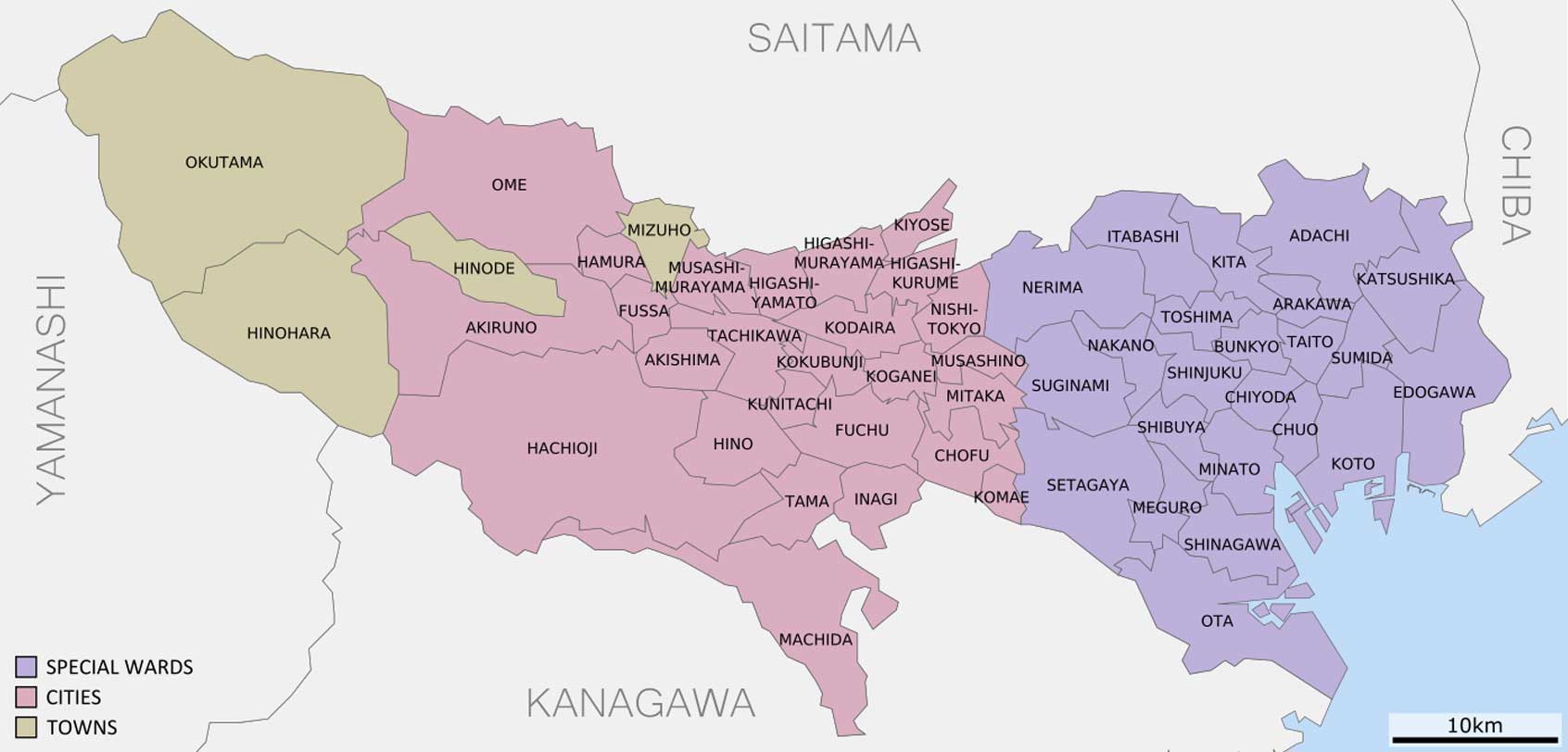
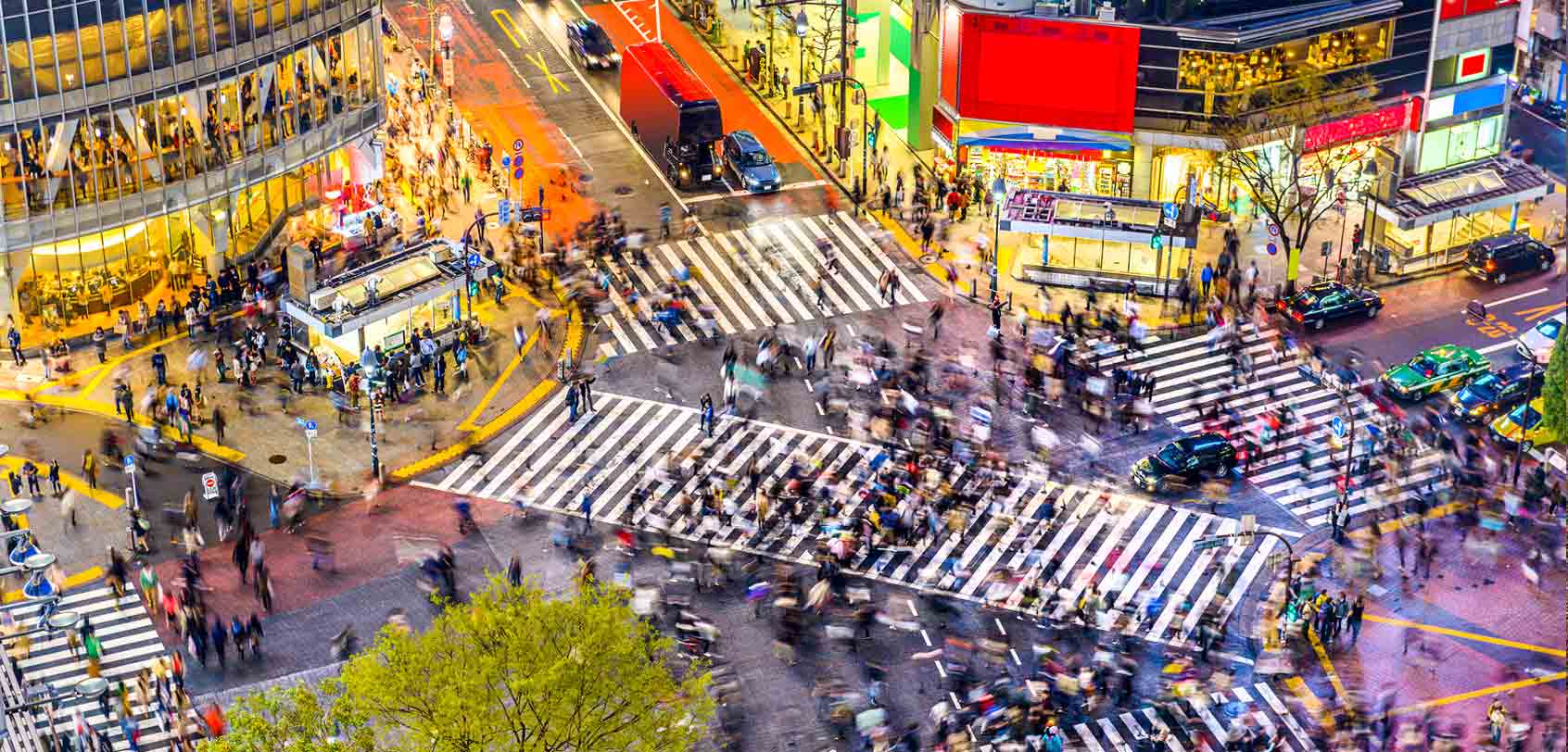

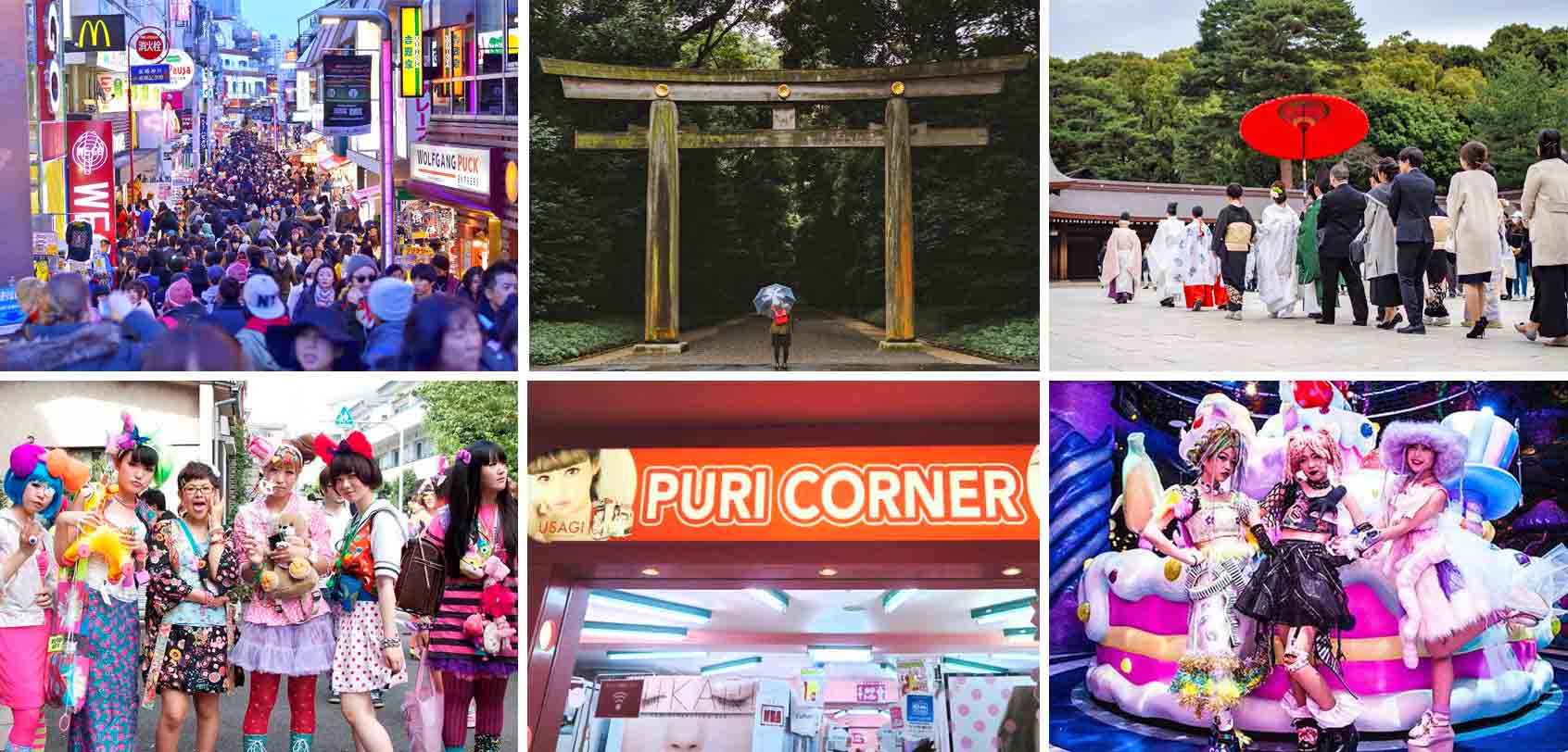
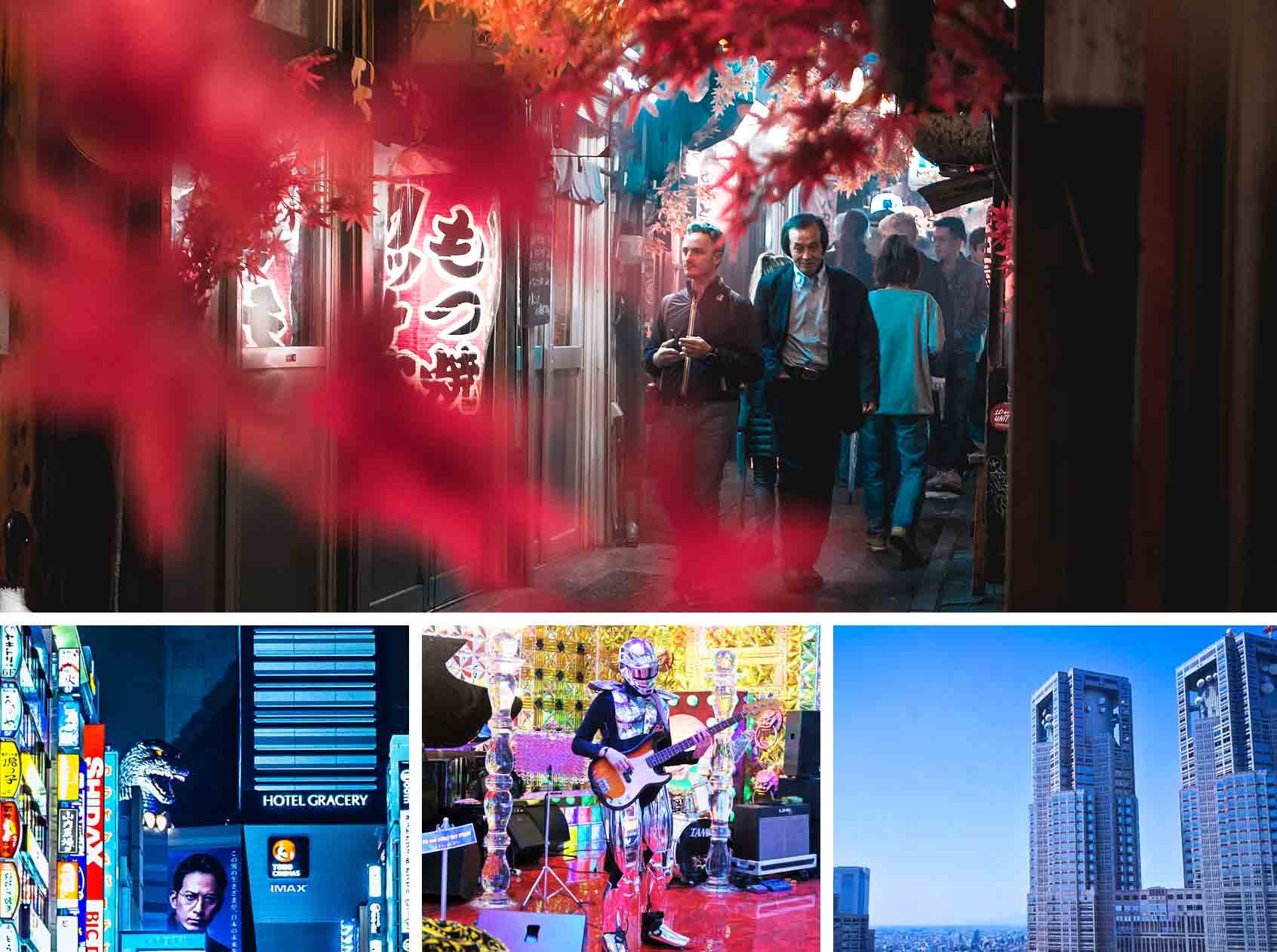
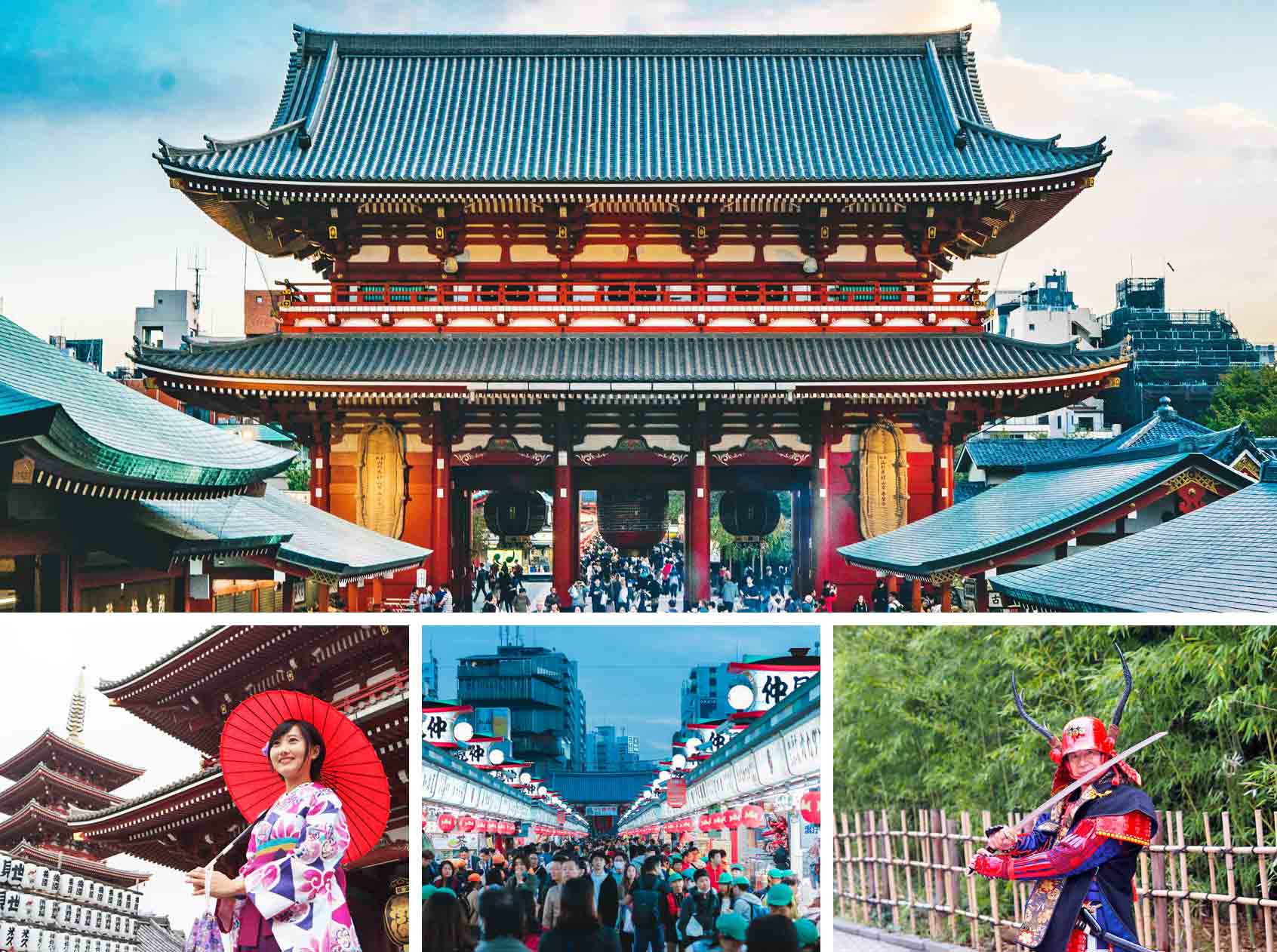
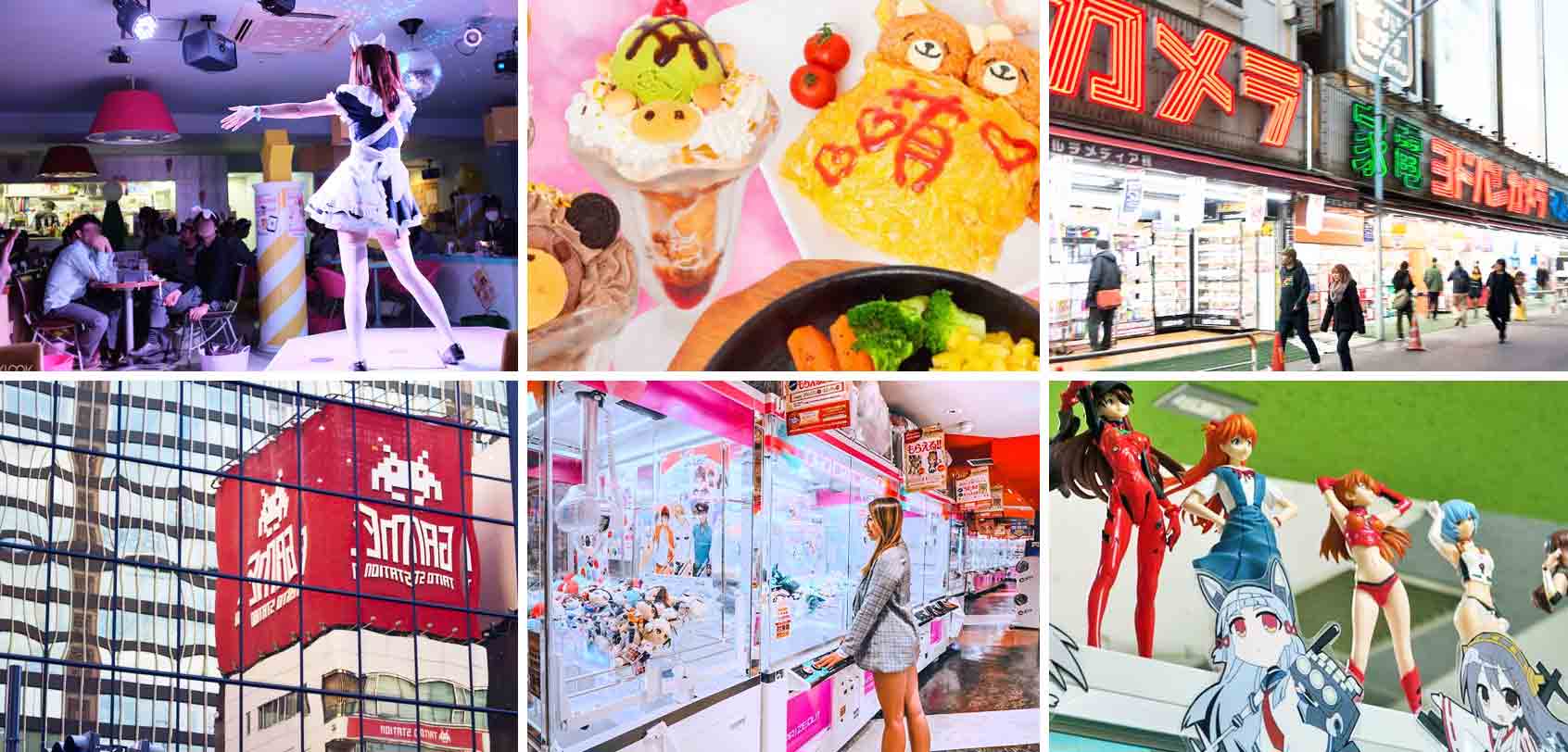
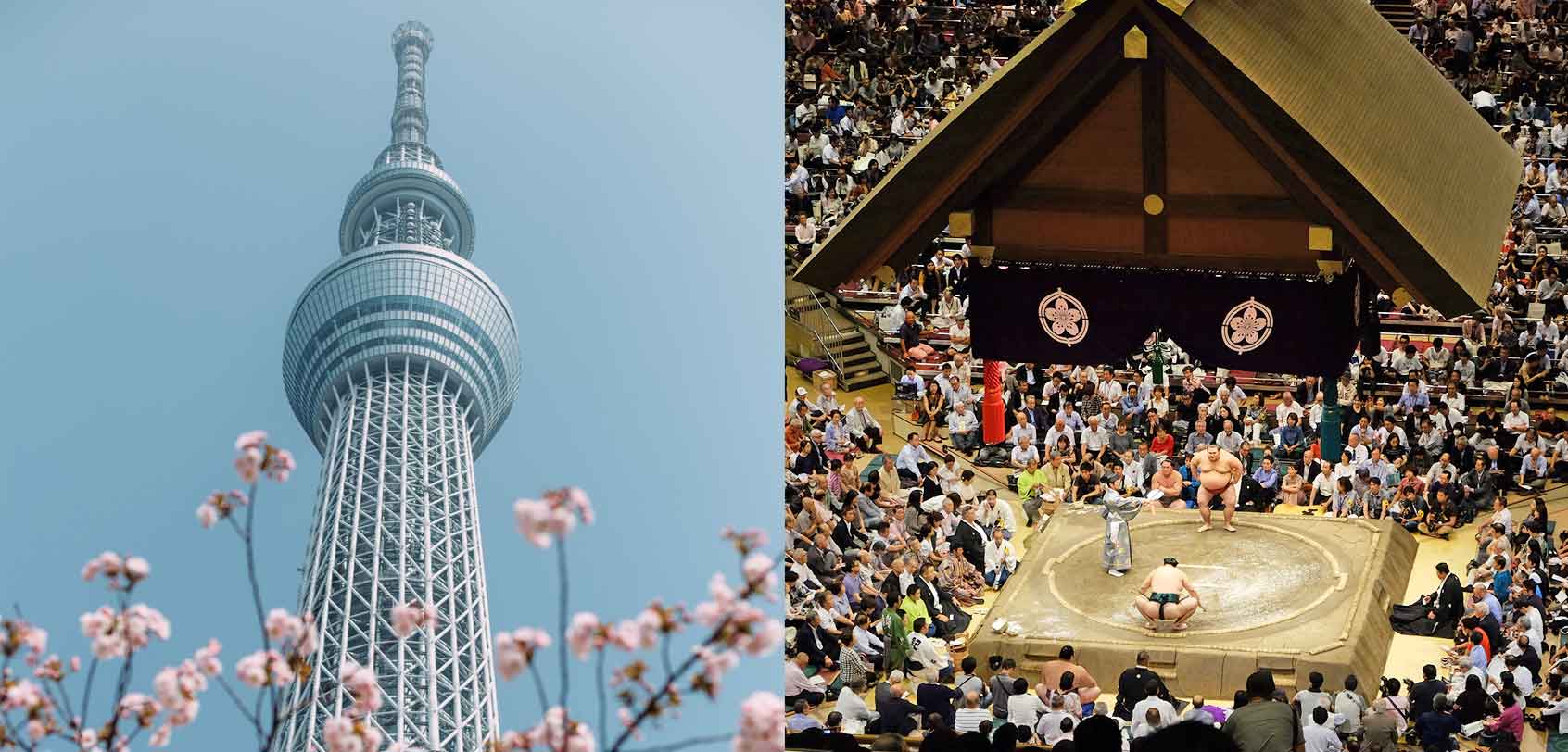
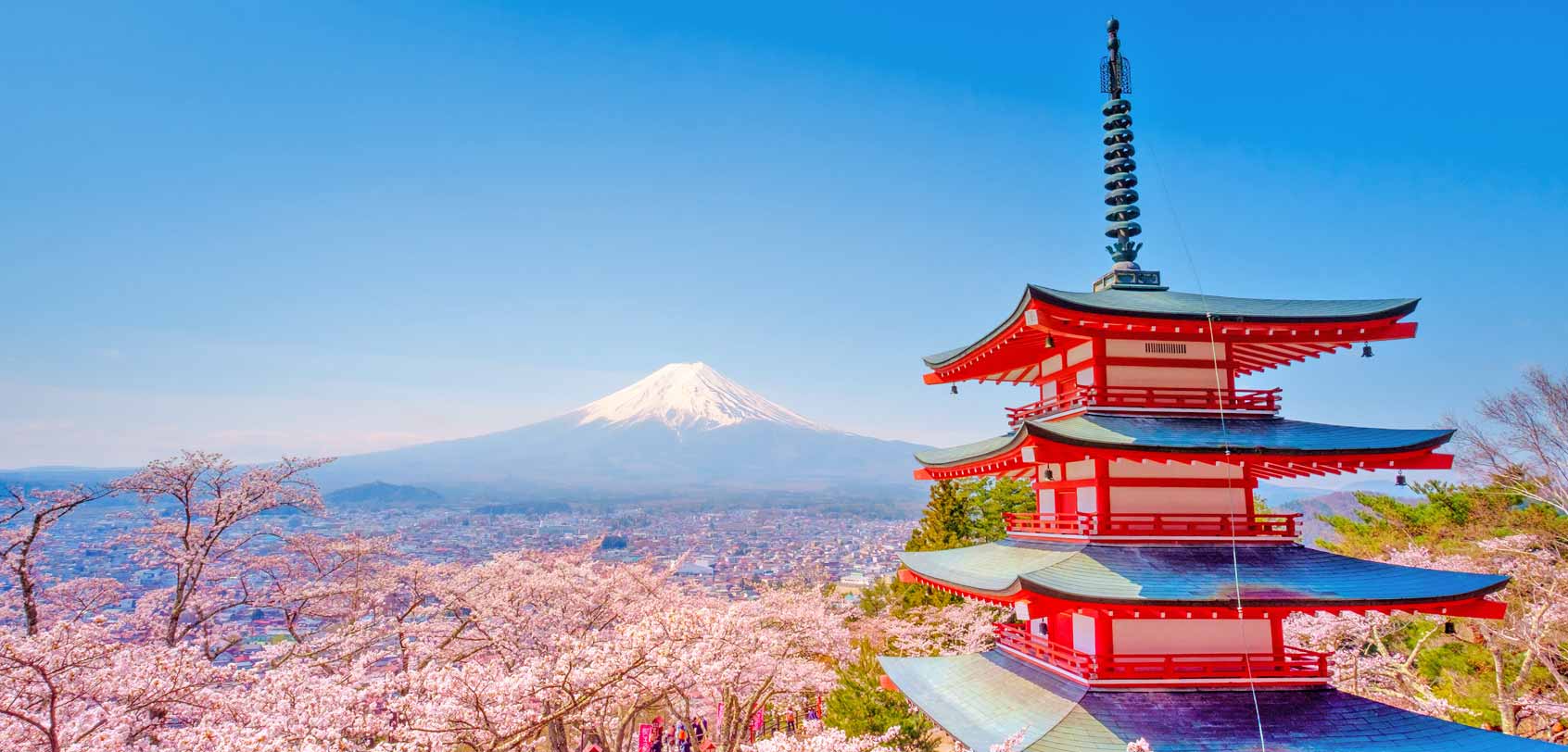
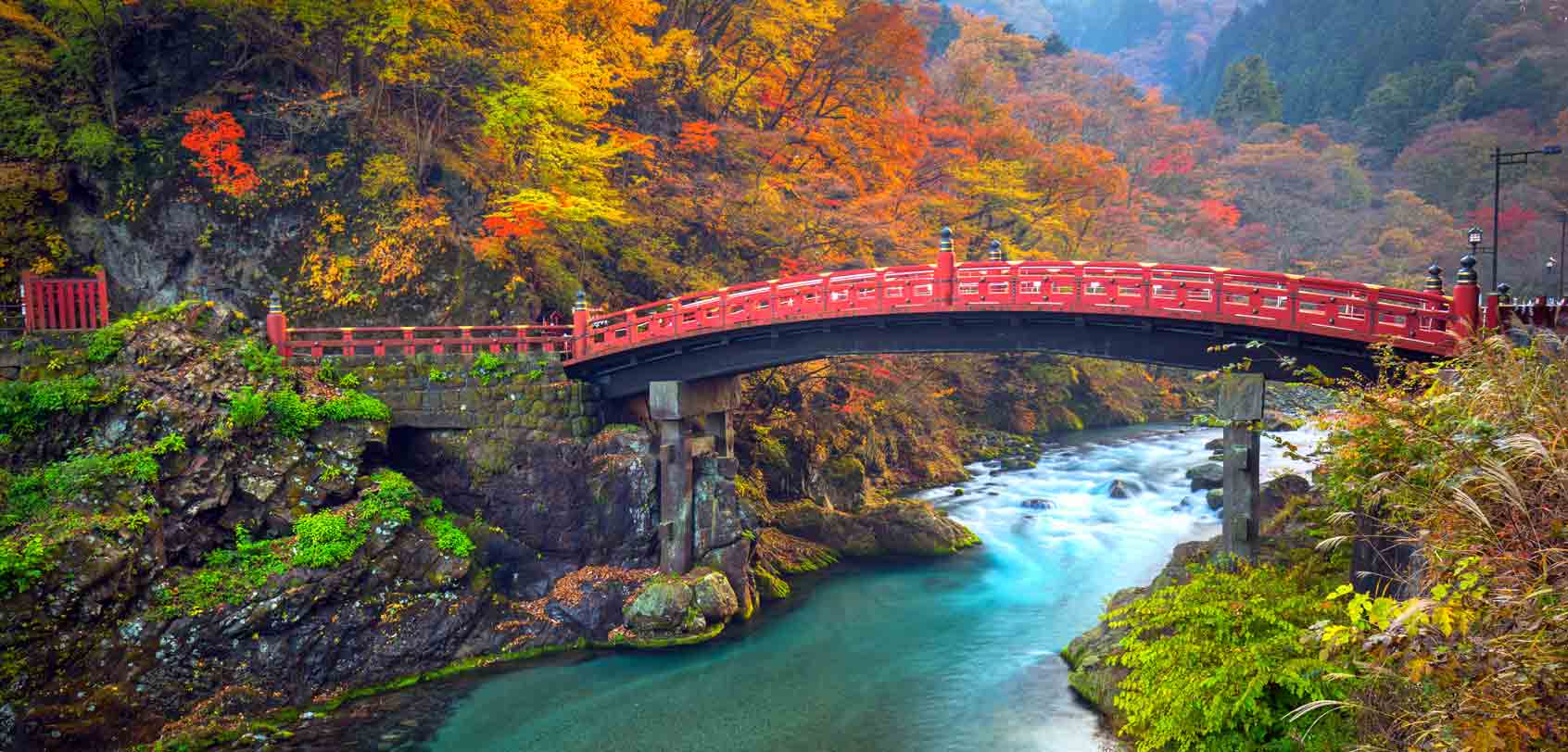
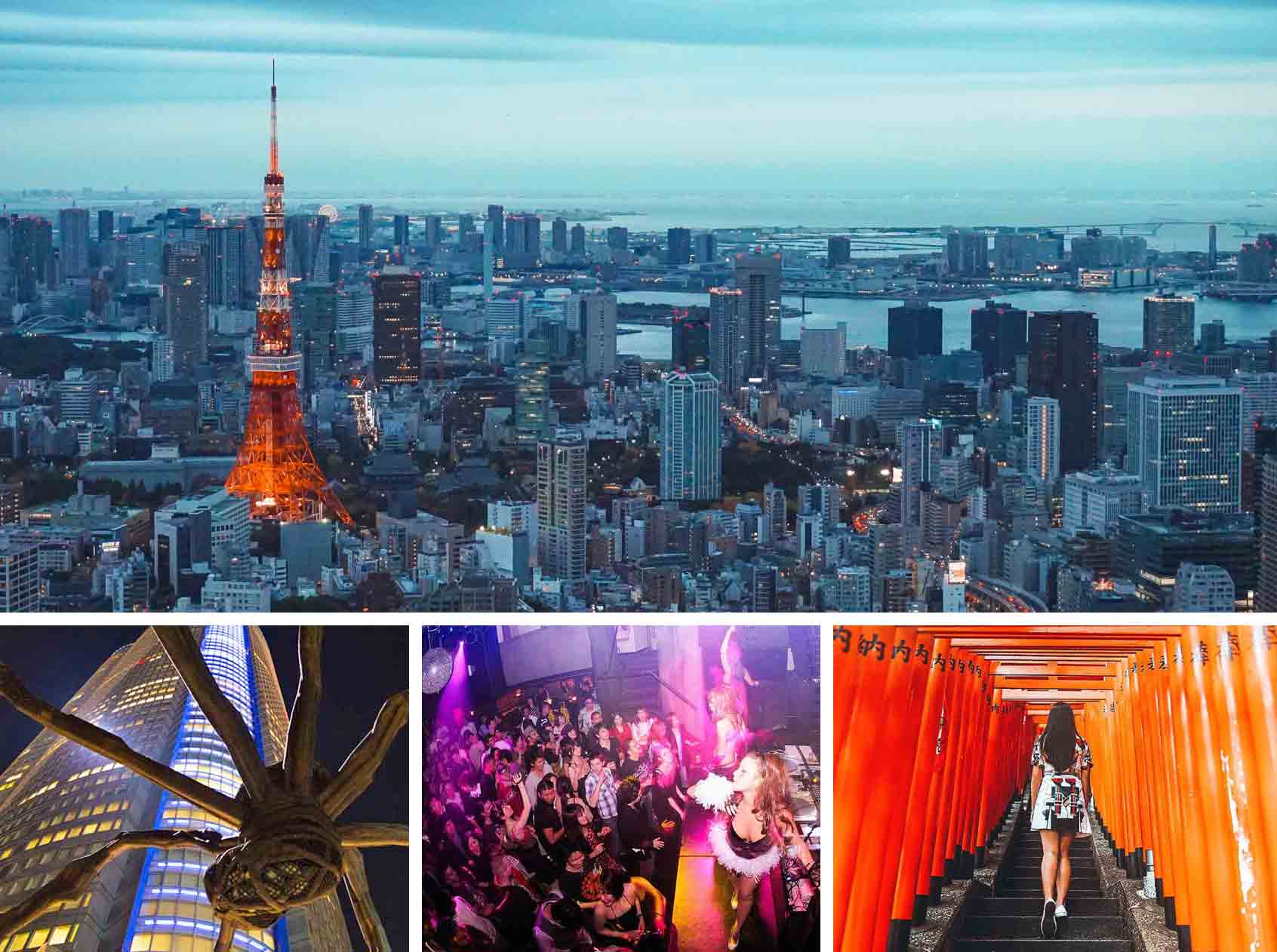
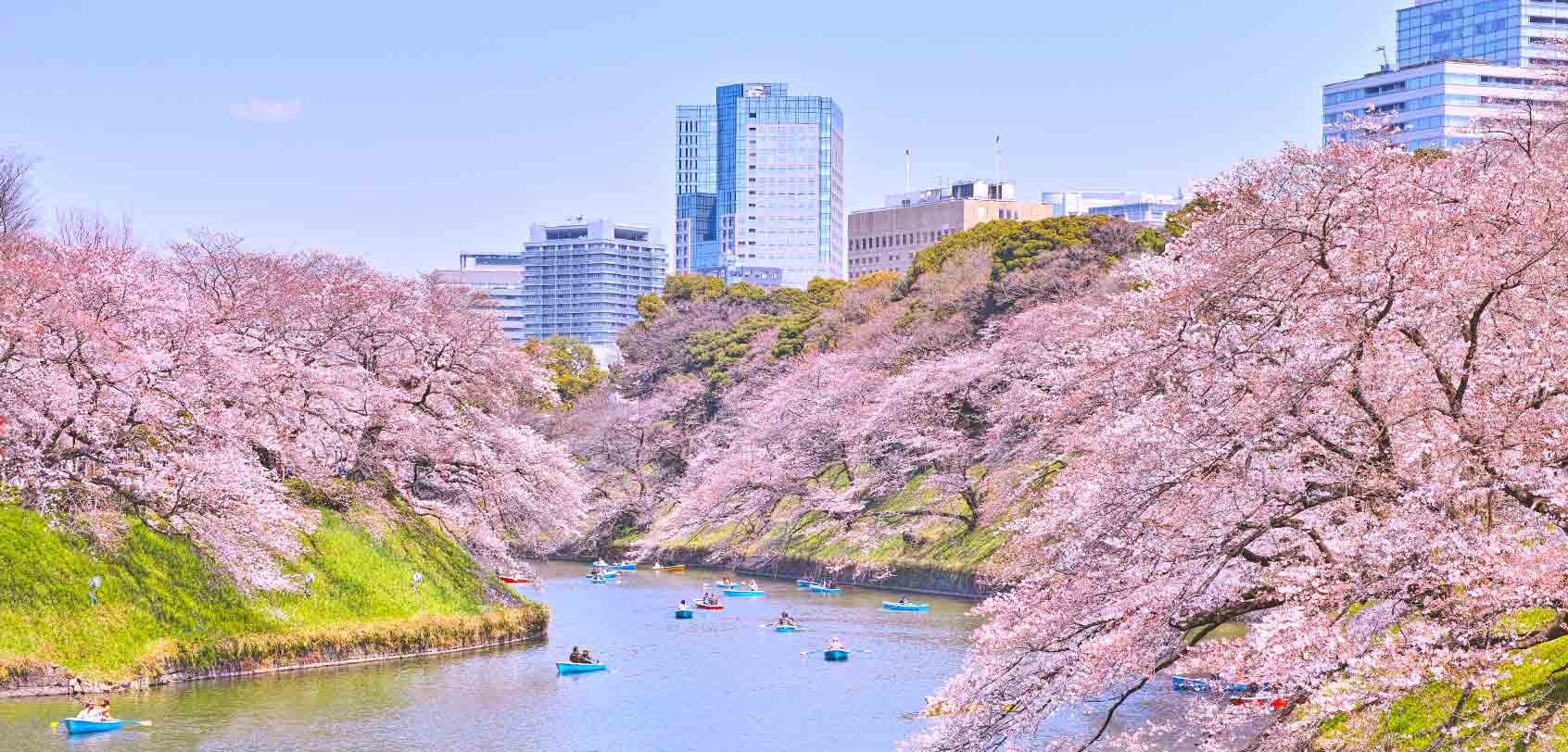
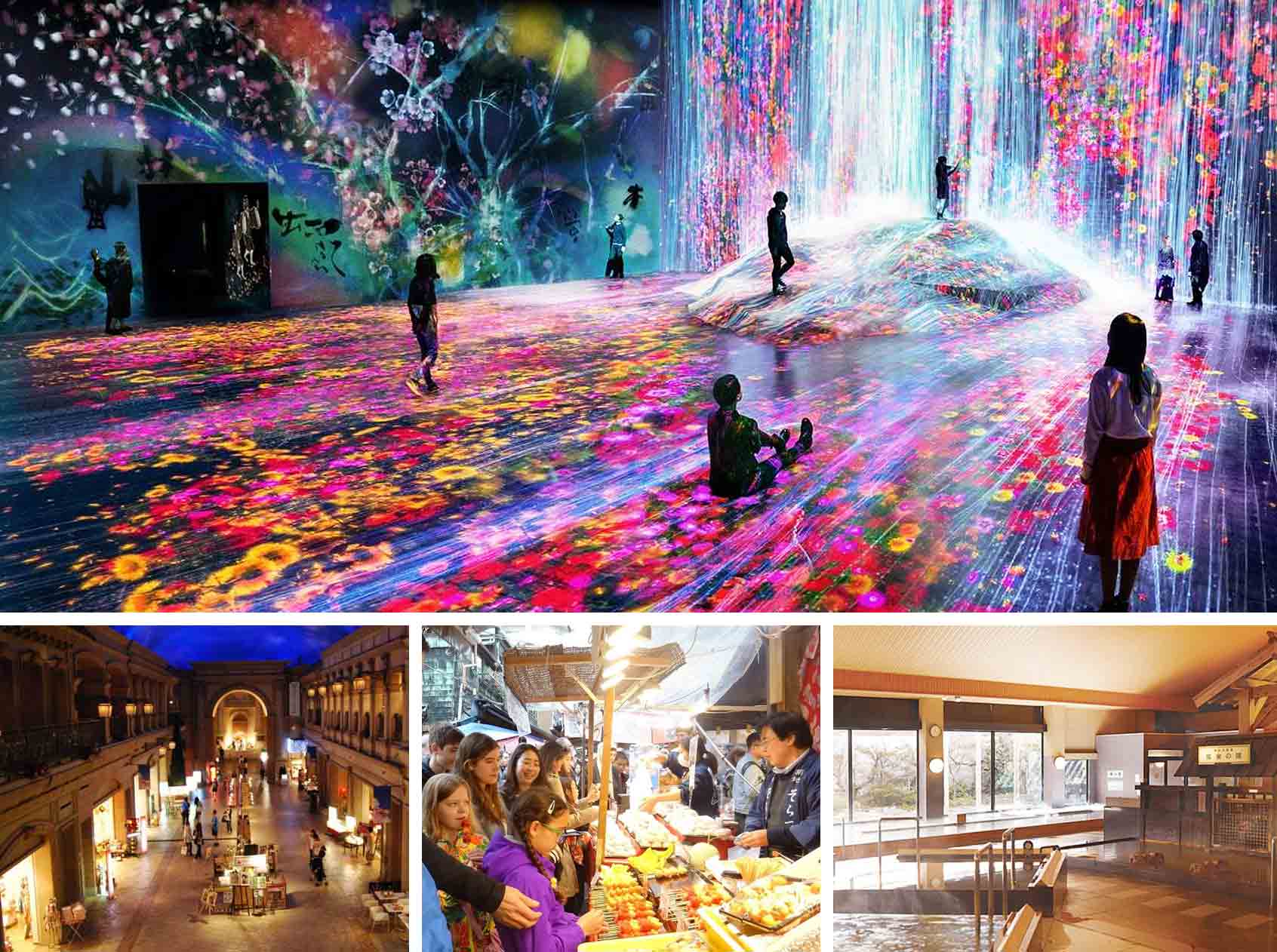
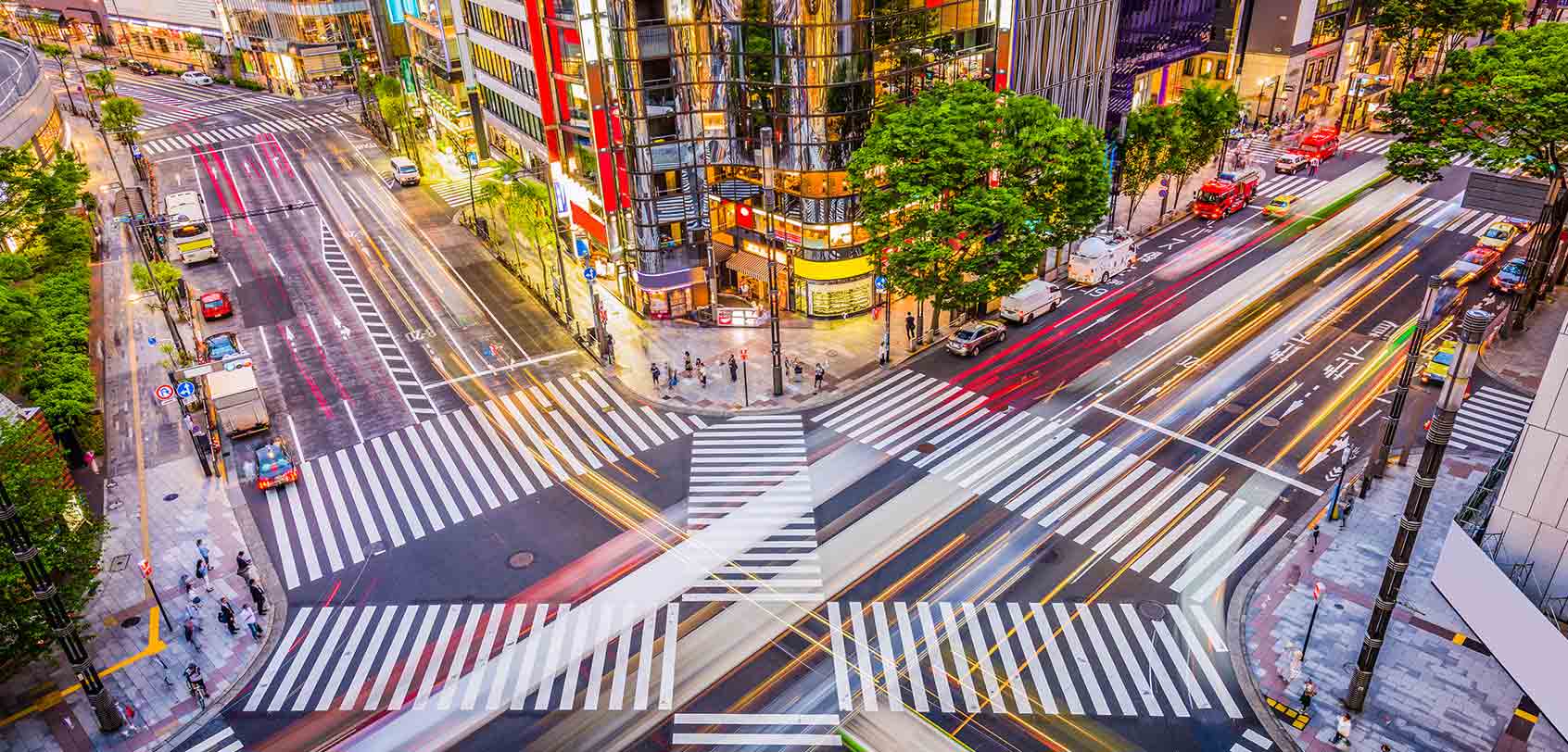
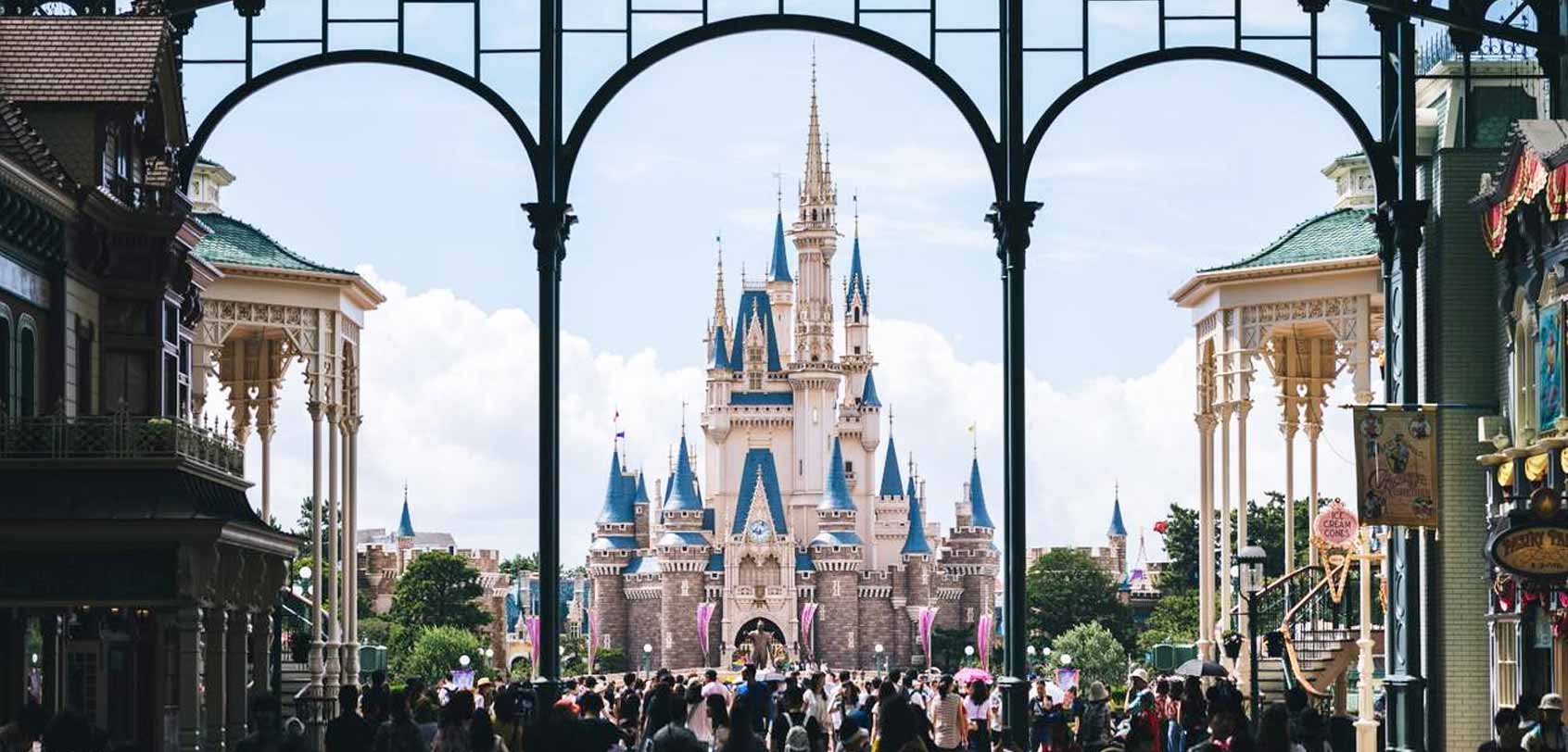
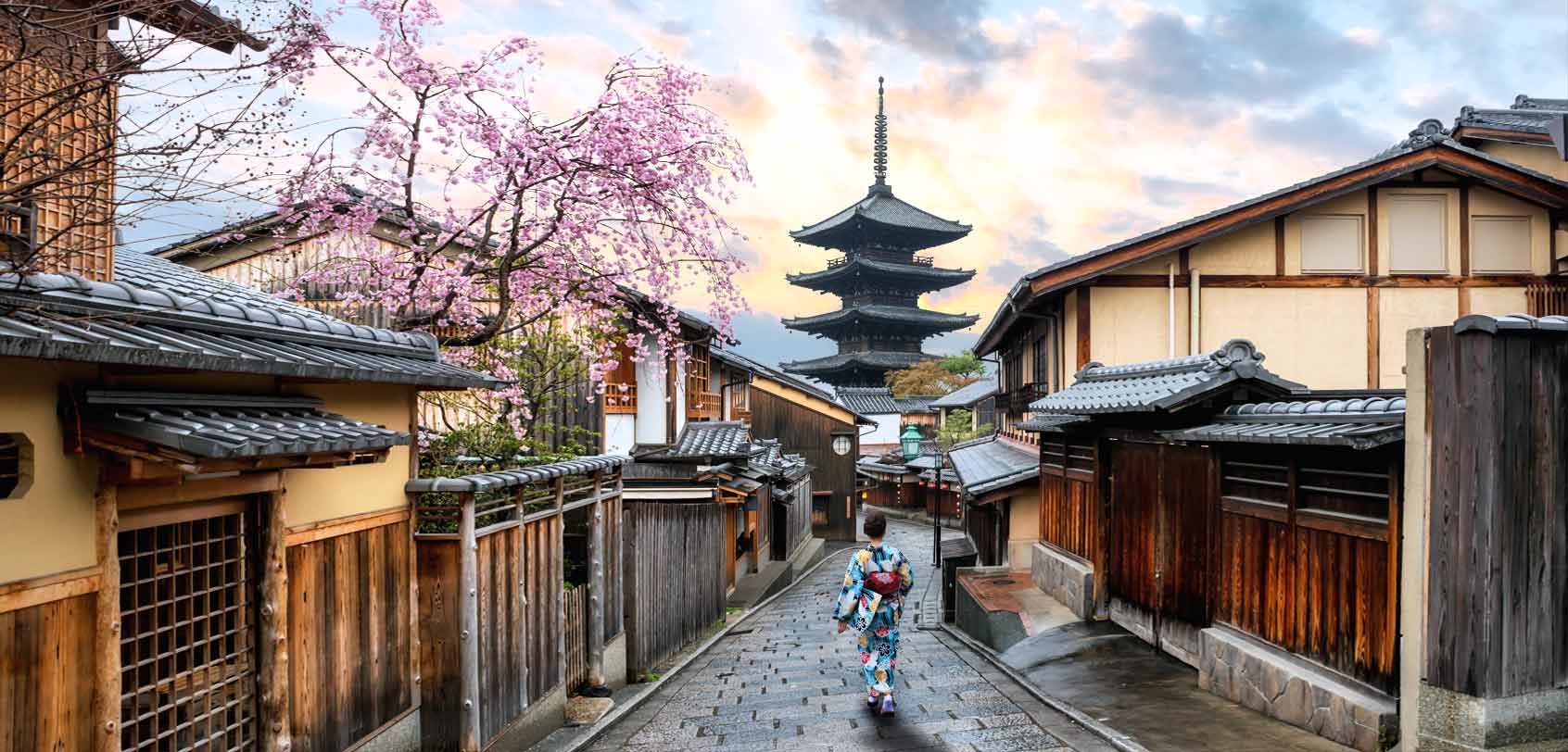
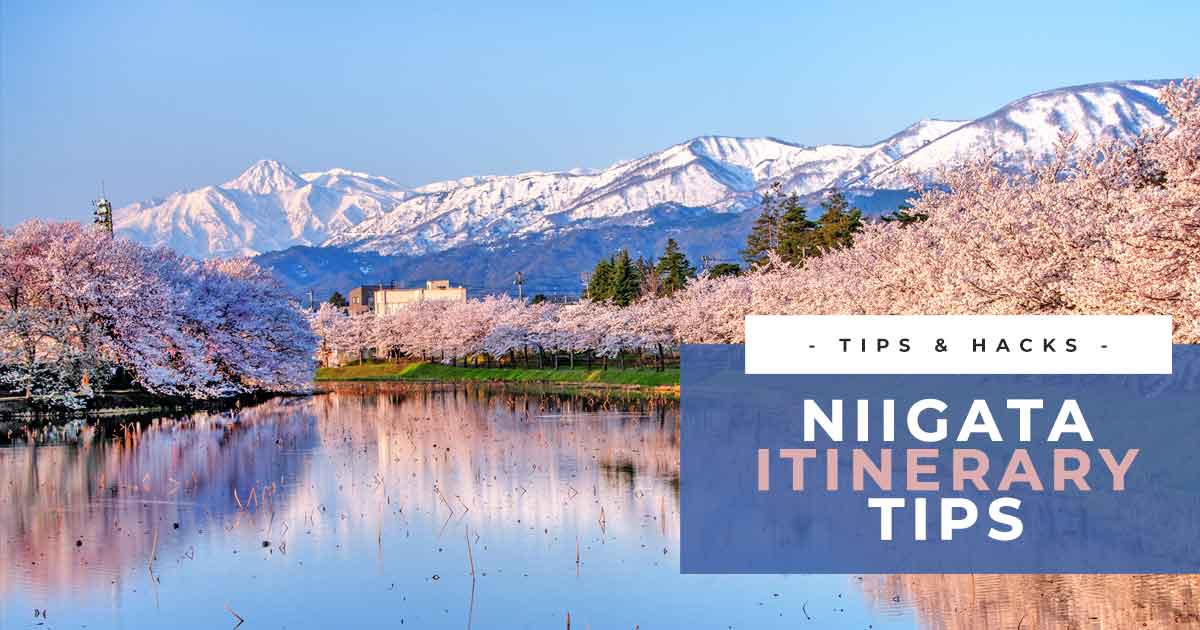

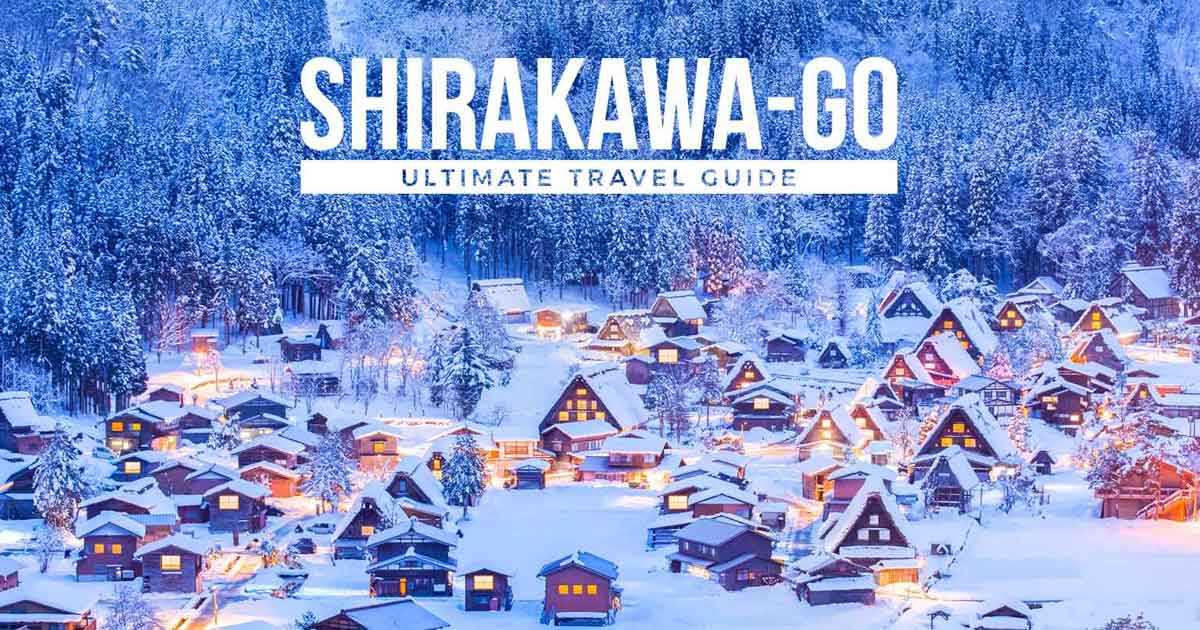
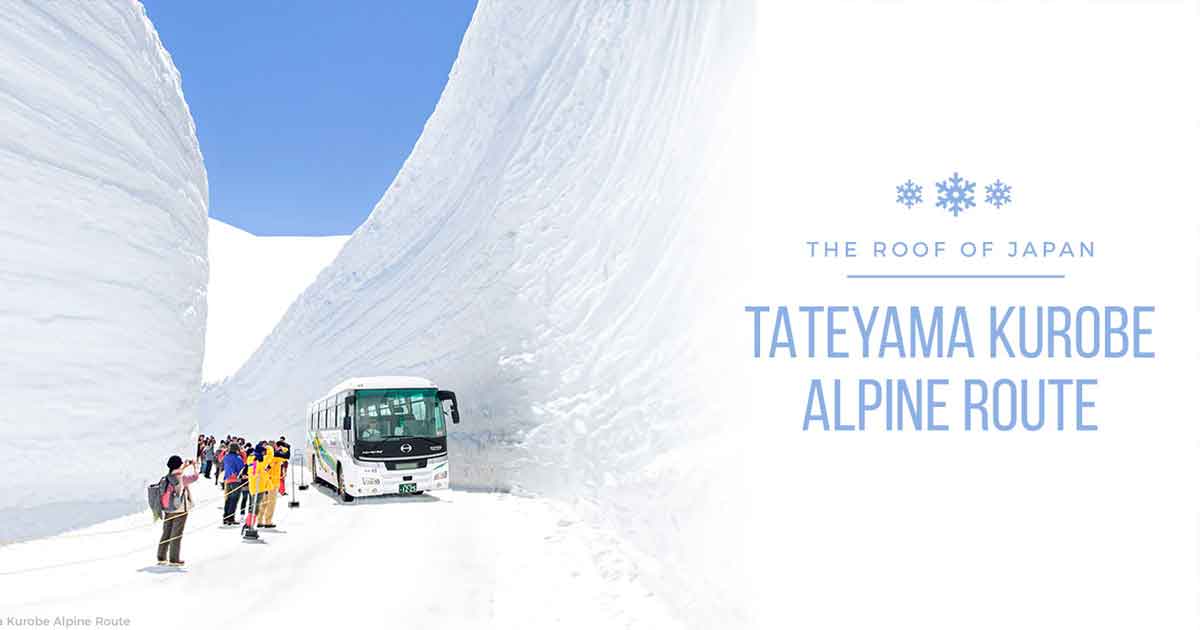

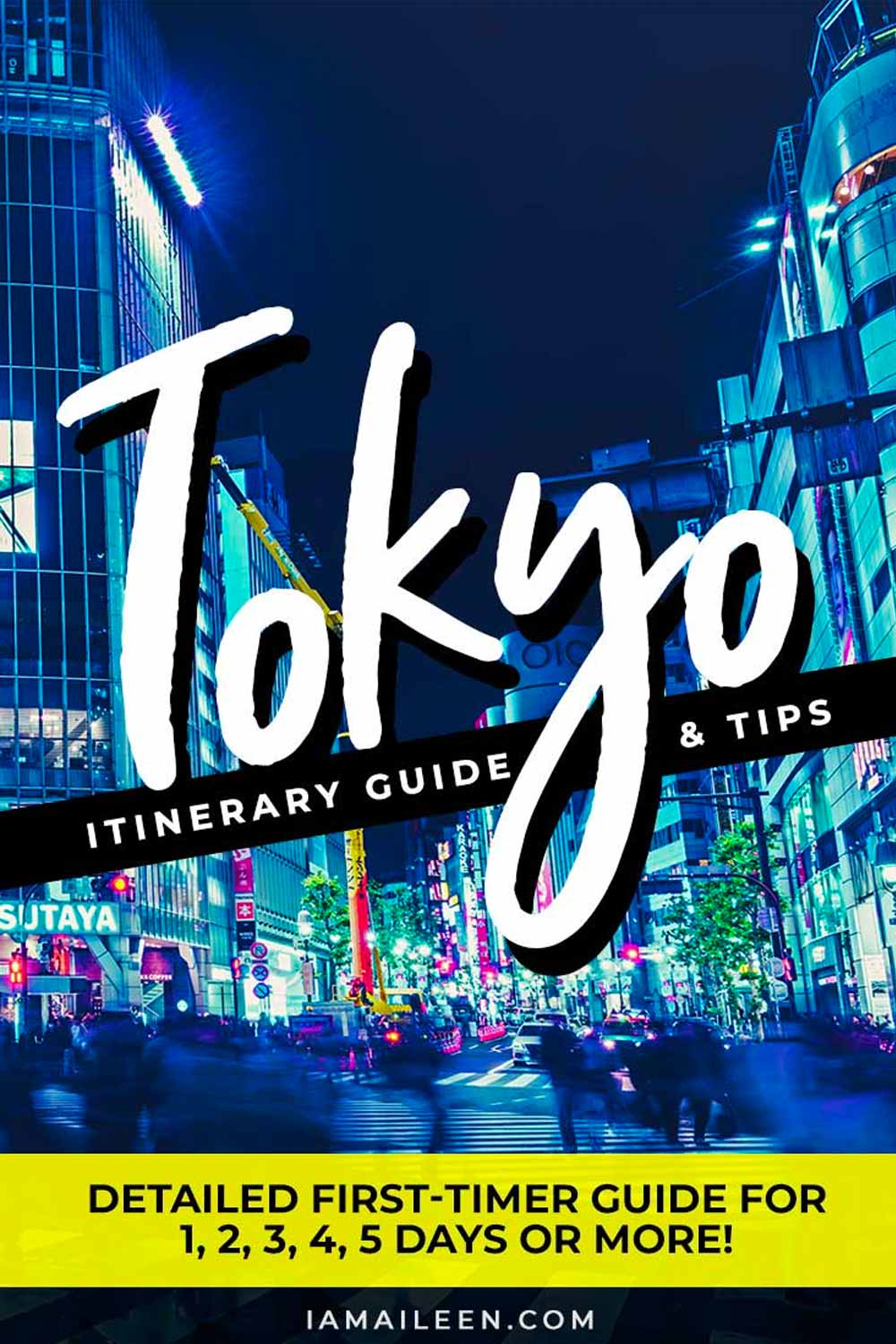

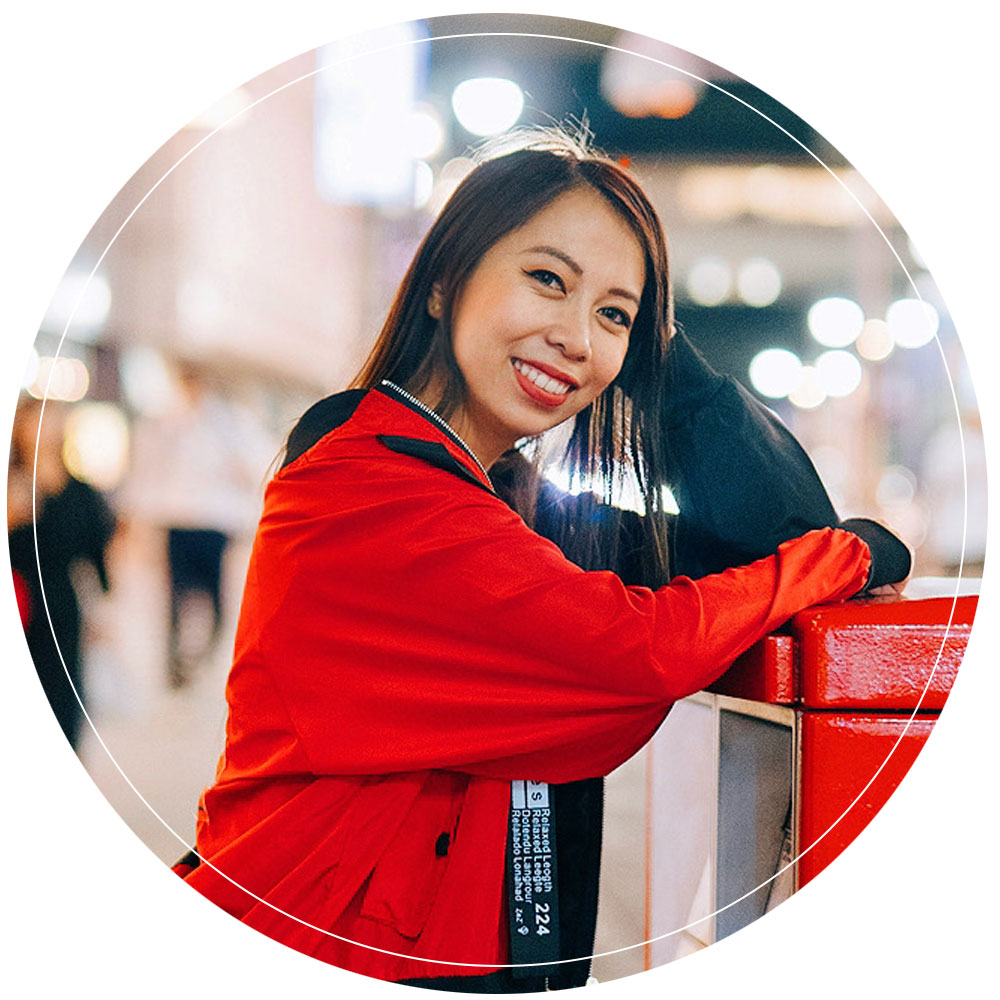
WELL EXPLAINED!!! KEEP POSTING!!